Toilet Sorter
When given the brief, I was mostly unsure about how I could show any sort of movement and at the same time, provide a sense of interaction between audience and art piece. I spent a lot of time moving around spaces while thinking about this, tracing my own steps and just by being in spaces. One of the spaces that I was actively thinking in most of the time was probably the toilet.
As someone with a terrible stomach, I spend a lot of time sitting in a cubicle, and it could be what is often known as the second home. You have a toilet at home, you have a toilet outside, same thing.
But it is not a thought often shared by everyone, and even I, as a person who frequents toilets, have preferences. I would call myself a toilet connoisseur if there were such a thing. Mostly because I enthuse about toilet paper textures, lighting, space, cleanliness, TP top up frequencies, you name it. I even have favourite cubicles within spaces I frequent and no, I’m not sharing it. One of the most important aspects to a Good Toilet is probably cleanliness, out of the many other factors. It is observed that a dirtier cubicle would not be used. I would say there is even a whole psychology to it that I’m not too fond of going through in detail. But here’s the gist of it:
You find three cubicles: one with a wet floor, one with no TP, and one with tissue not flushed, but the seat is obviously way cleaner than the other two. What do you do? What I’d normally witness is someone grabbing their own TP from any other place to use the one with no TP, followed by someone using the wet floor cubicle and then nobody enters the remaining one, not even to try to see if flushing works. It usually means someone has been there, but probably not many. See? You can tell!
So back to my 1st idea: creating a series of used toilet cubicles for people to choose. Think of it as a statistics thing, a psychological test if you might. It will basically work like a sorter, which is basically a popular online “game” where one decides on their favourite objects/characters (mostly of TV shows and games). For example:
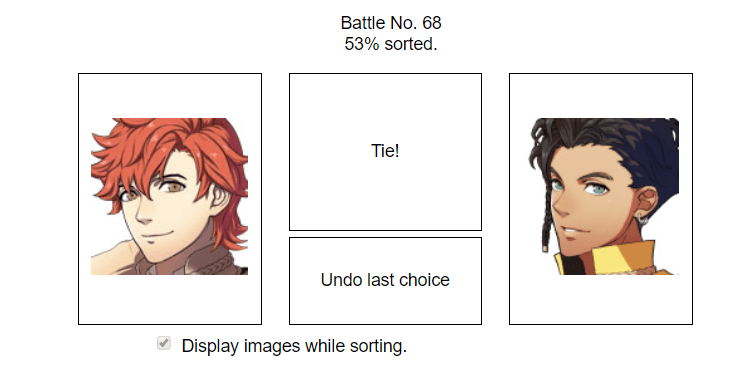
Retrieved from https://fesorter.tumblr.com/. Also I am sorry for anime men.
The participant picks between two different objects in a “battle”, and the system sorts it all out until there is a final winner.
For my idea, I wish to create a screen, preferably big and extremely daunting, with two sides similar to what is seen above (just without a tie or undo choice). These two sides will showcase images of toilets with Threatening Auras, so for example, we’ll have 2 images of 2 different toilet cubicles, and participants have to decide what sort of space they will prefer to do their business in.

images are taken from twitter @scarytoilet (Toilets With Threatening Auras)
Assuming this is placed near a toilet, where most people only visit once, they walk towards the washroom, and then leave to go about their day. They will see this screen, decide on a toilet by stepping on a spot for longer than 5 seconds and leave.
The chosen toilet will remain, and a new toilet image will appear to be the next contestant. This continues throughout the day, with different participants choosing a preferred toilet. If many people decide to try out the sorter, results will show a winner toilet. That will be the toilet with the most people choosing, or “going to”. In addition, there will be runner-ups, since sorters act as a poll when they attain enough results. Alternatively, the poll does not achieve any sort of result, which shows that nobody stopped by.
This shows the movement of people in two different ways: which types of toilet which will be Most Visited, and whether this toilet sorter is even looked at to begin with. It’s something more provocative in nature, and probably disgusting, but I think it is something we all think about subconsciously. Either that or I think too much about toilet culture, more than the average person (please prove me otherwise).
Call Out Cult (COC)
We live in a generation where the internet is essential to our everyday living, and a lot of our social interaction and news comes from the internet. When I was a kid my parents would always nag about putting myself online, because eventually someone was either going to find out where you live, or dig out your dark secrets and have them thrown out to the rest of the world for them to see. And they were very right because “call out culture” became a huge thing in the 2010s. There is probably a different term for it for similar things that have happened in the past, but it is a common term used now, usually because of social media.
According to Wikipedia, call-out culture “is a form of public shaming that aims to hold individuals and groups accountable by calling attention to behaviour that is perceived to be problematic”, and this is usually on social media. There is also a variant of said term, called “cancel culture”, which is “a form of boycott in which someone who is deemed problematic is ‘cancelled’.” Often times it is the result of naive mistakes, or decade-old tweets. Here’s an example of how exaggerated it can be:
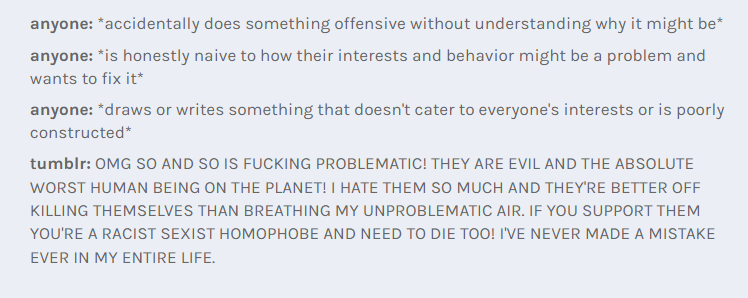
The people who instigate call-outs often “pull out receipts”, mostly consisting of screenshots of problematic content, or links to threads of said problematic content. Sometimes it goes as far as to doxxing (having private information published on the Internet), and often times these people who instigate call-outs believe they did nothing wrong.
So for my second idea, I thought about the idea of “airing dirty laundry”, and was very inspired by art that used clotheslines, such as this series of installations by Kaarina Kaikkonen.

Retrieved from https://mymodernmet.com/kaarina-kaikkonen-clothes-installations/

Retrieved from https://mymodernmet.com/kaarina-kaikkonen-clothes-installations/
To call someone out is to basically air their dirty laundry, to trace out every single footprint they have done to be hung up for all to see. So my idea was to basically have a clothesline with call-out posts put up using pegs. Participants can hang up call-outs to someone they know, it can be as ridiculous as not liking your mother’s cooking, or something serious in the political setting. Everyone’s call-out posts would be placed on the clotheslines, and for anyone to view. Receipts can be written as well, to solidify your statement.

While there is no visible body nor movement in the artwork, it provides a history of call-outs, and these all tend to stay for a long time, and can only be made by humans. I would also think of it as a sort of installation that would make anyone either ridicule how dumb some of these call-outs would be, and question the culture of calling others out for their own selfish desires.
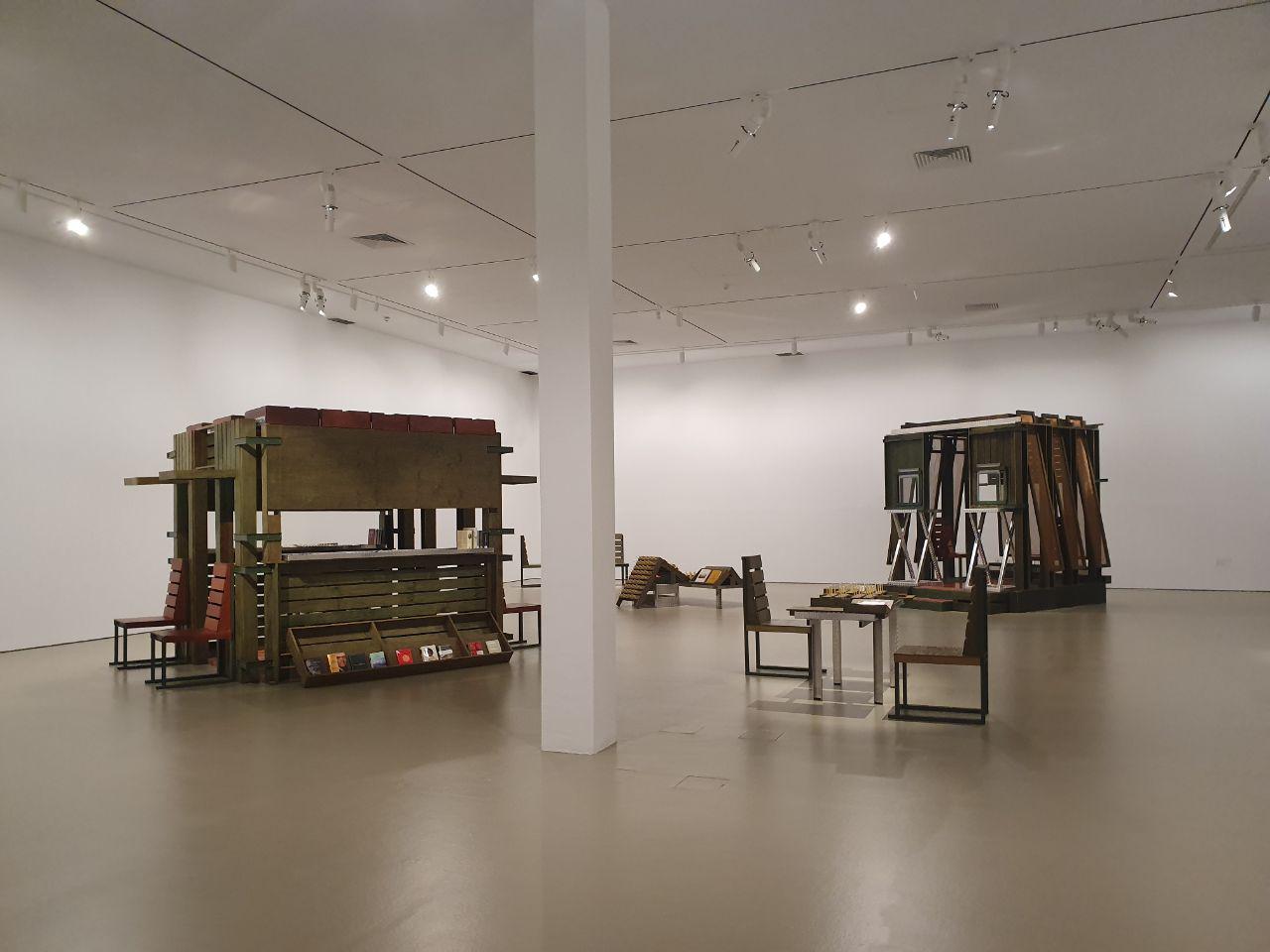
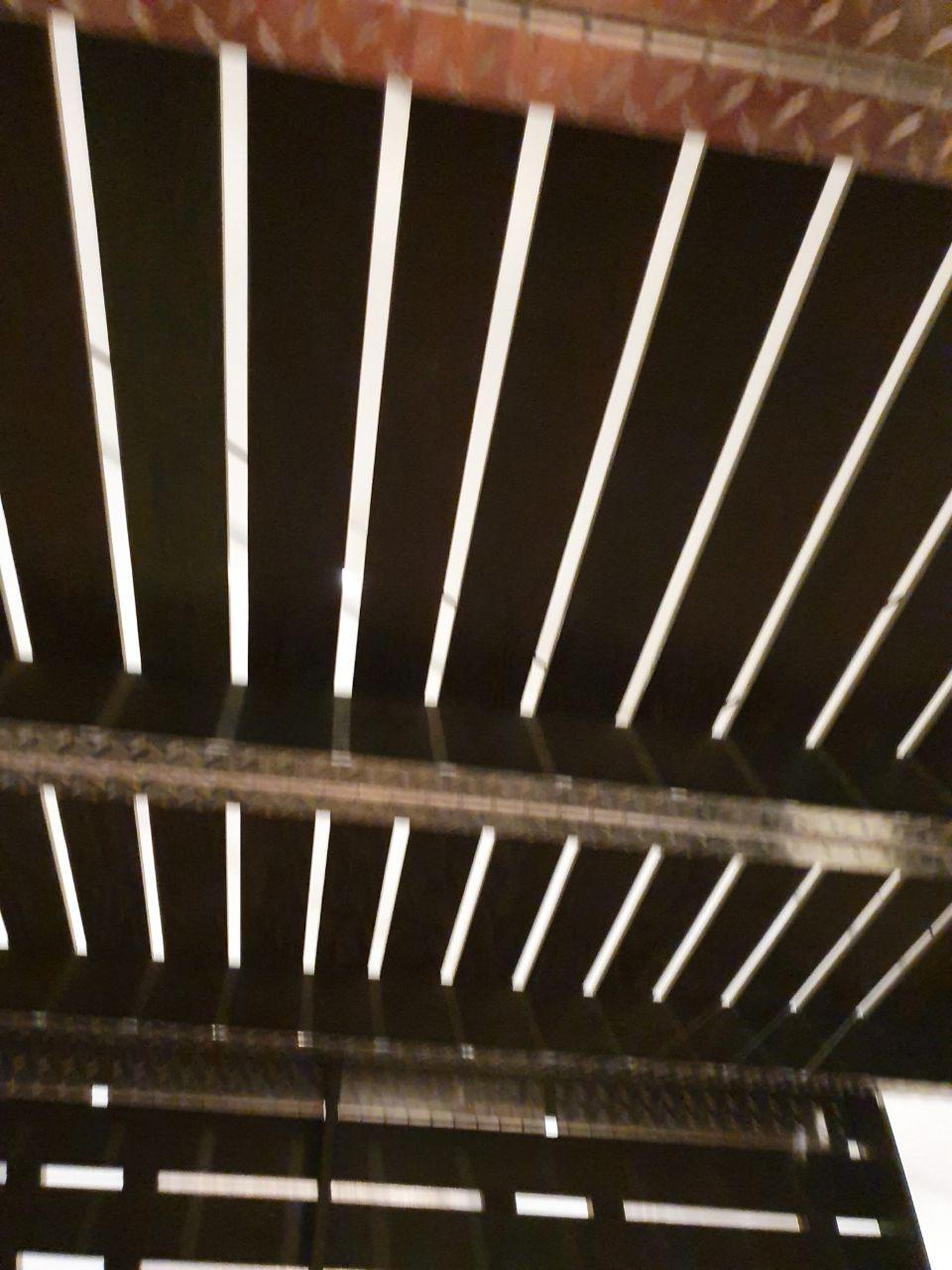

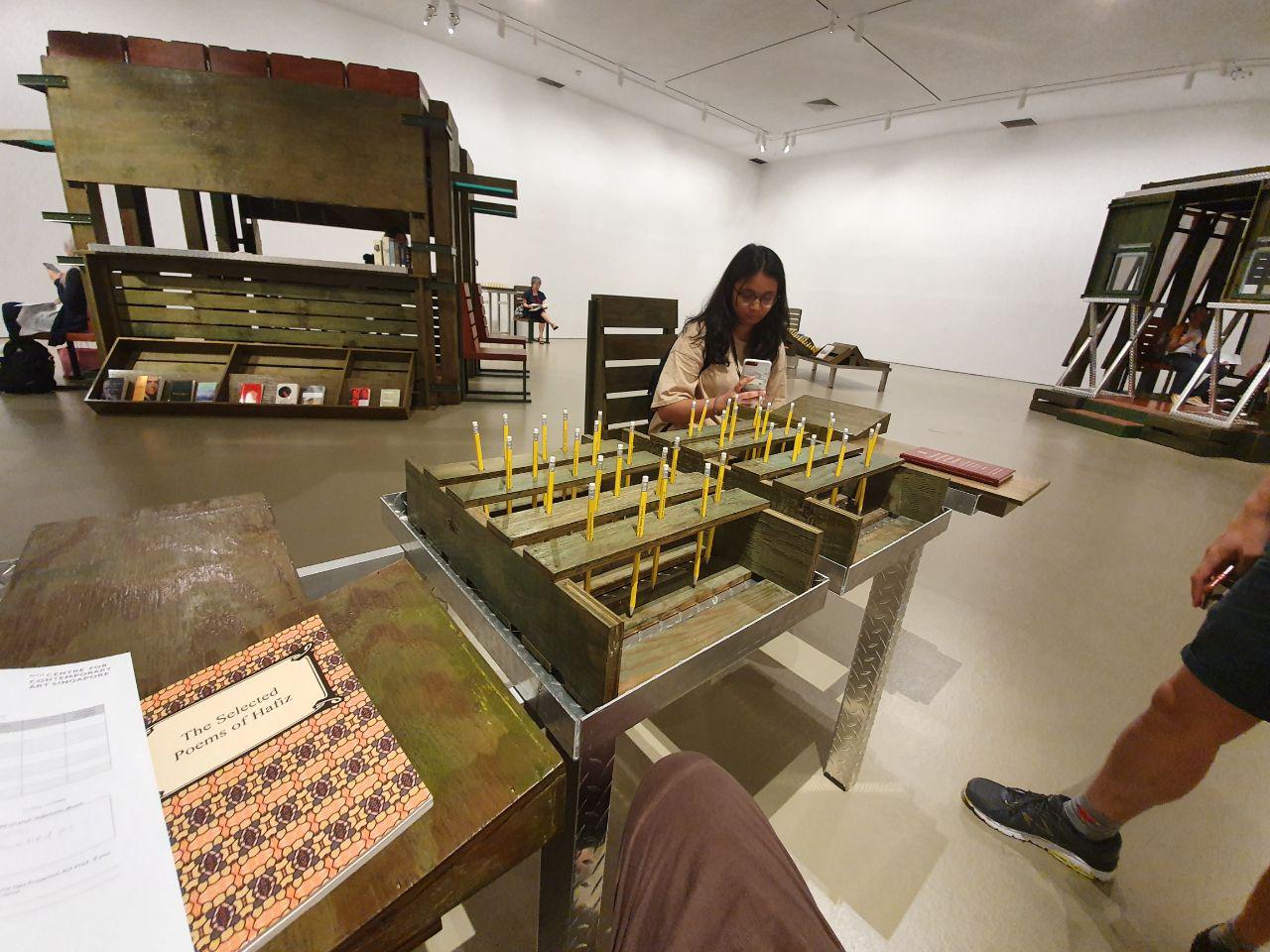









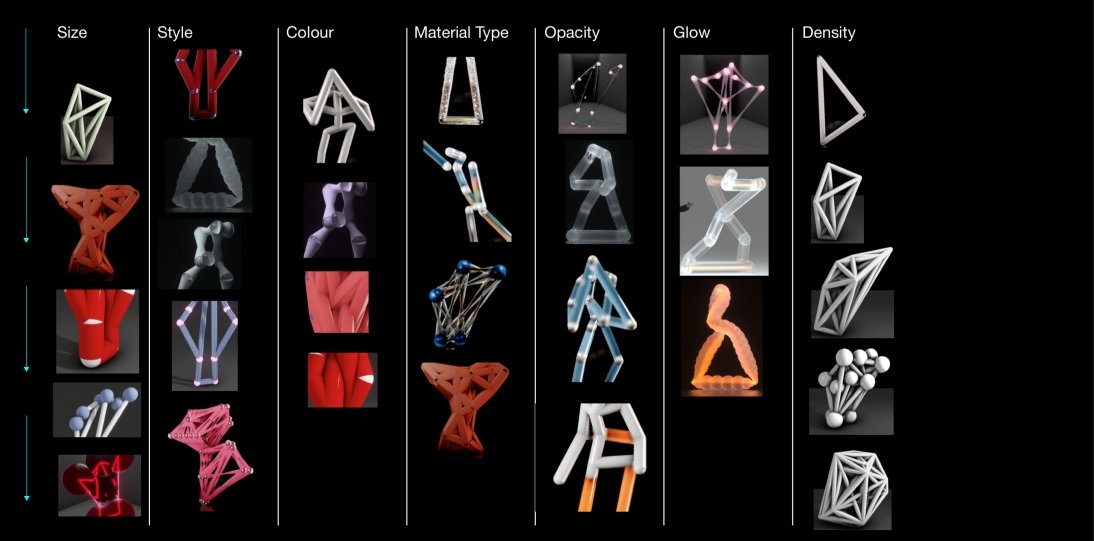
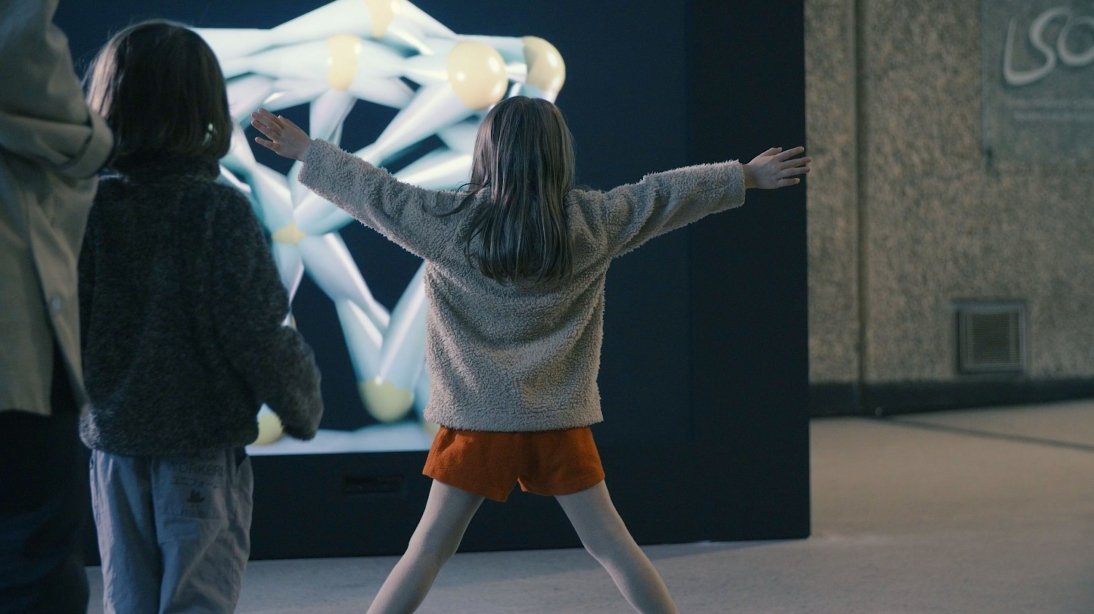


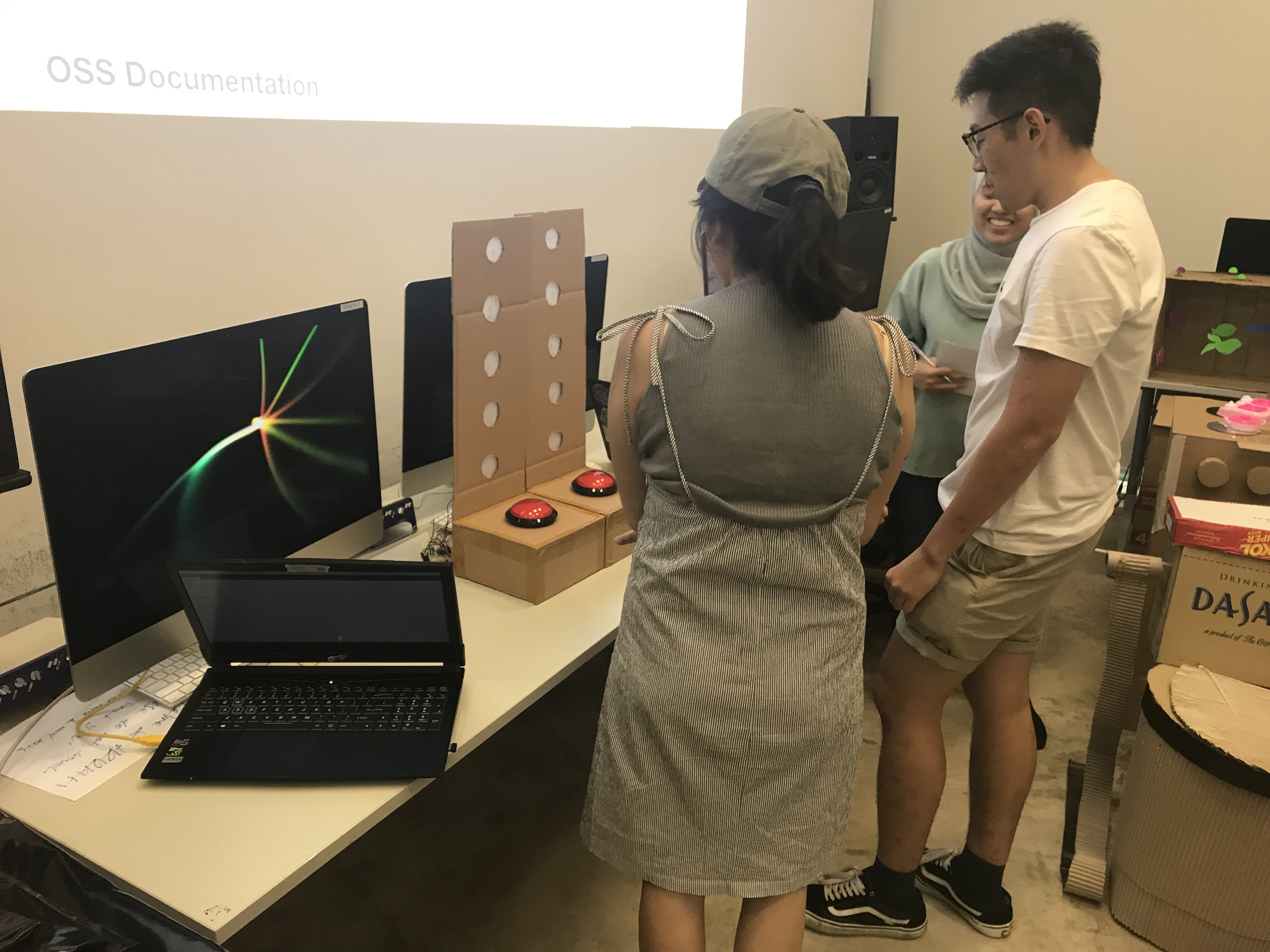

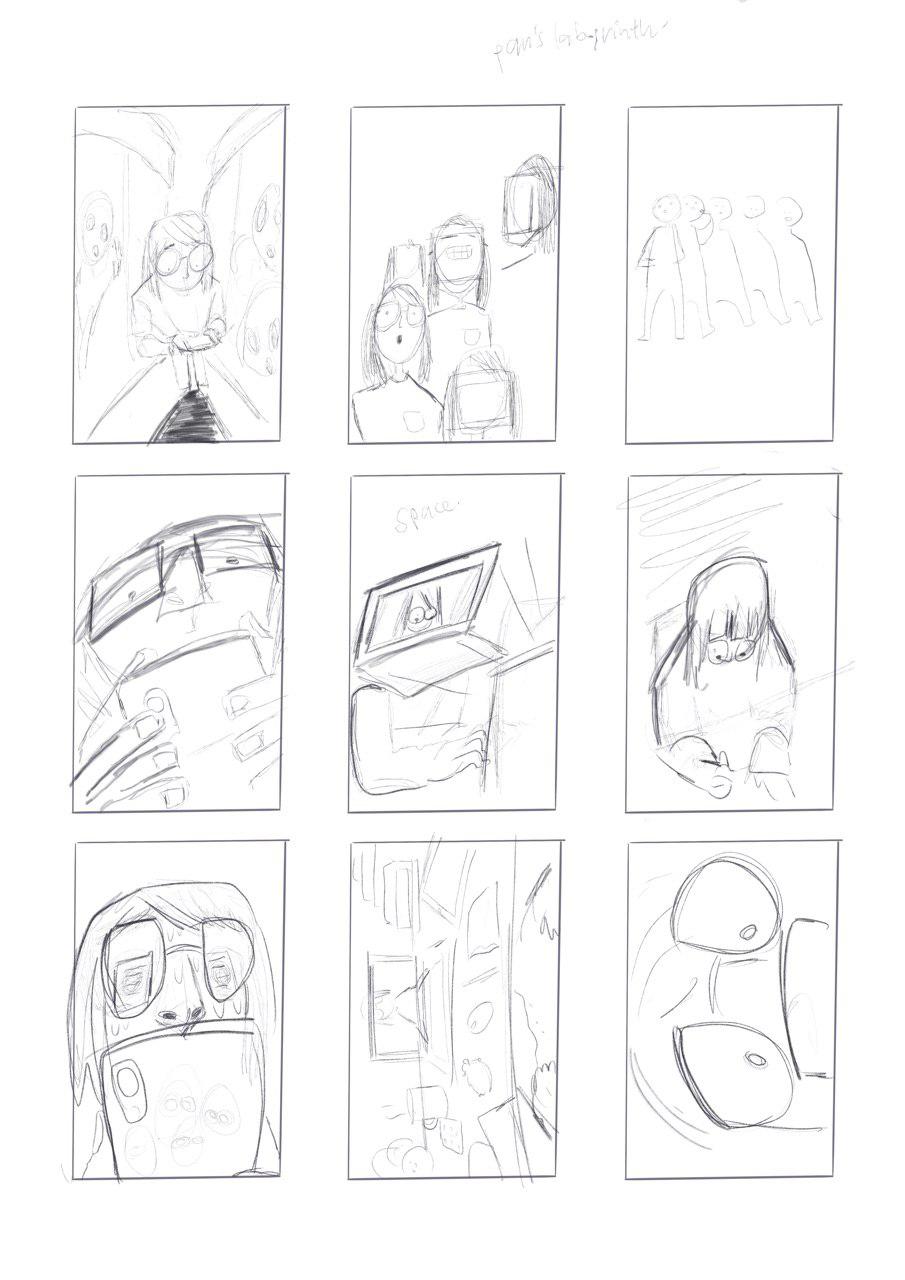

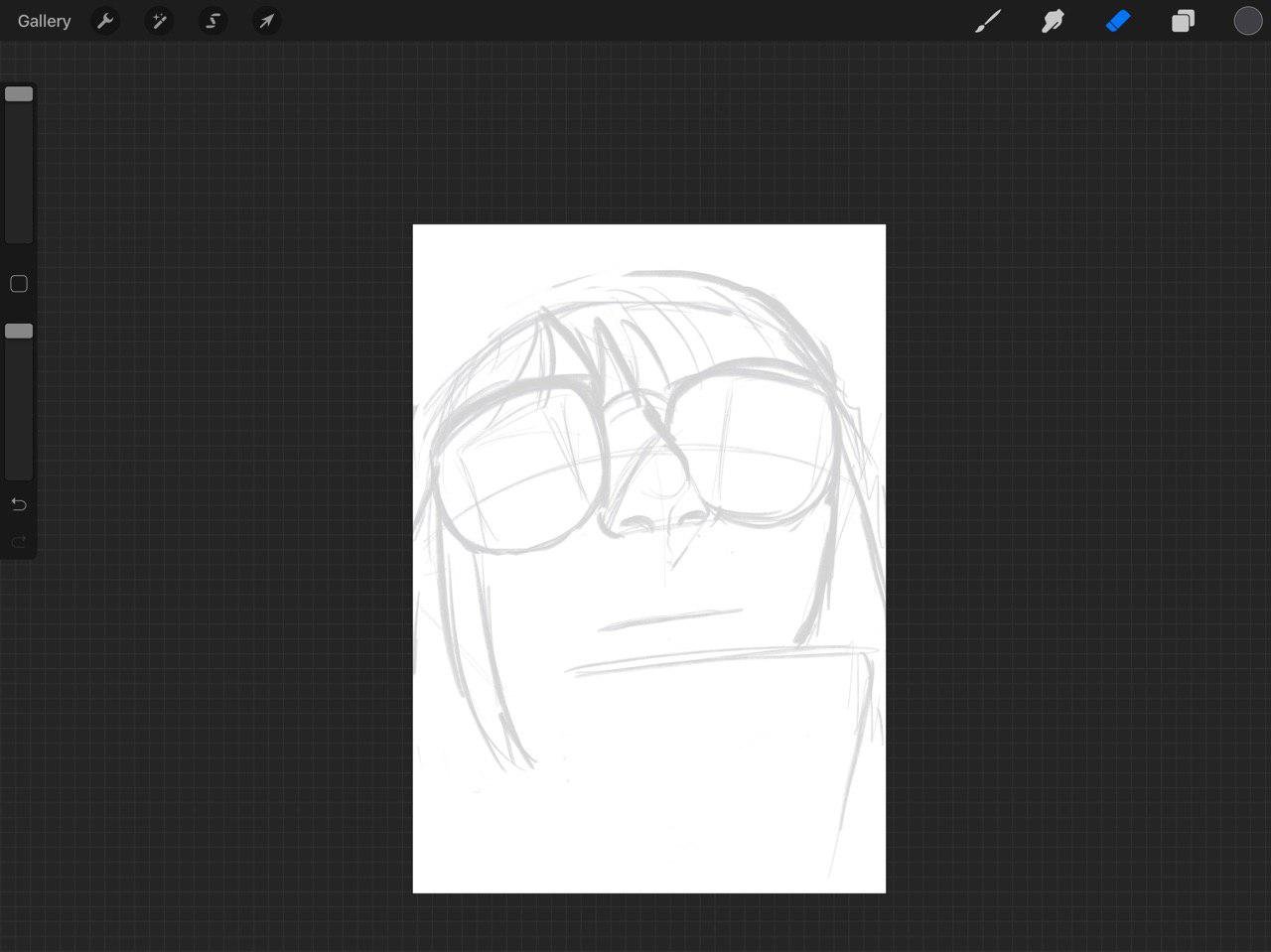
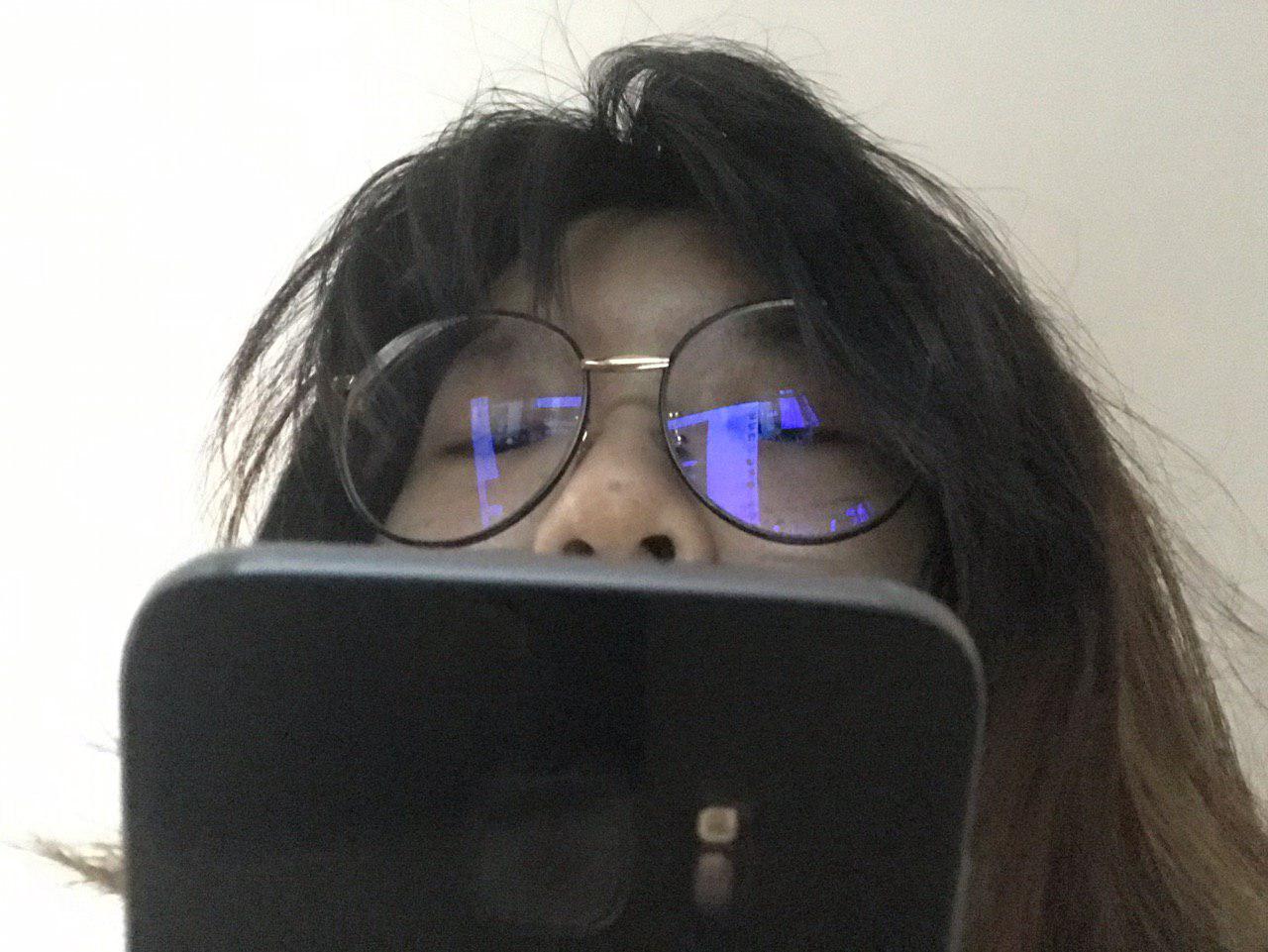

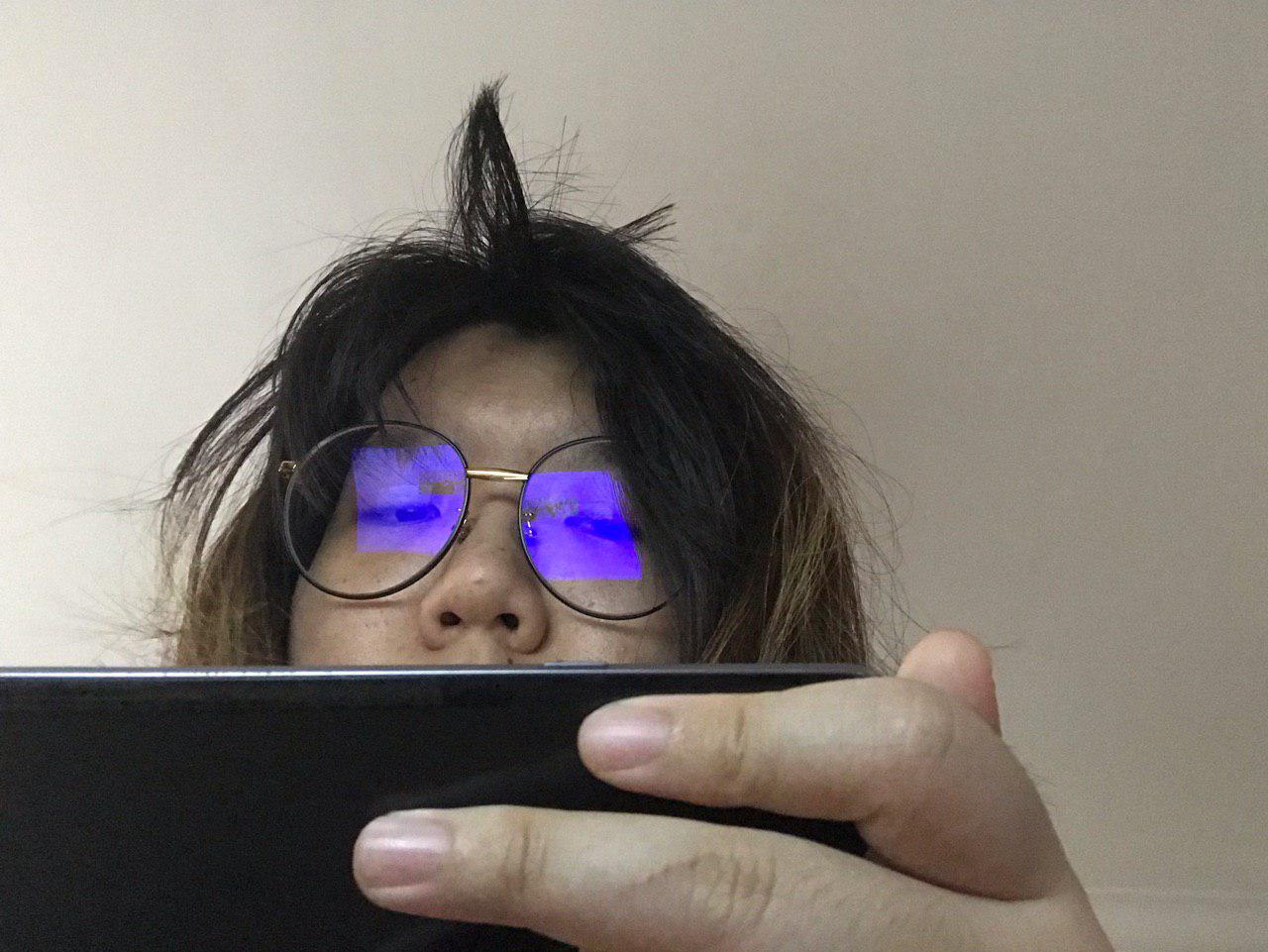

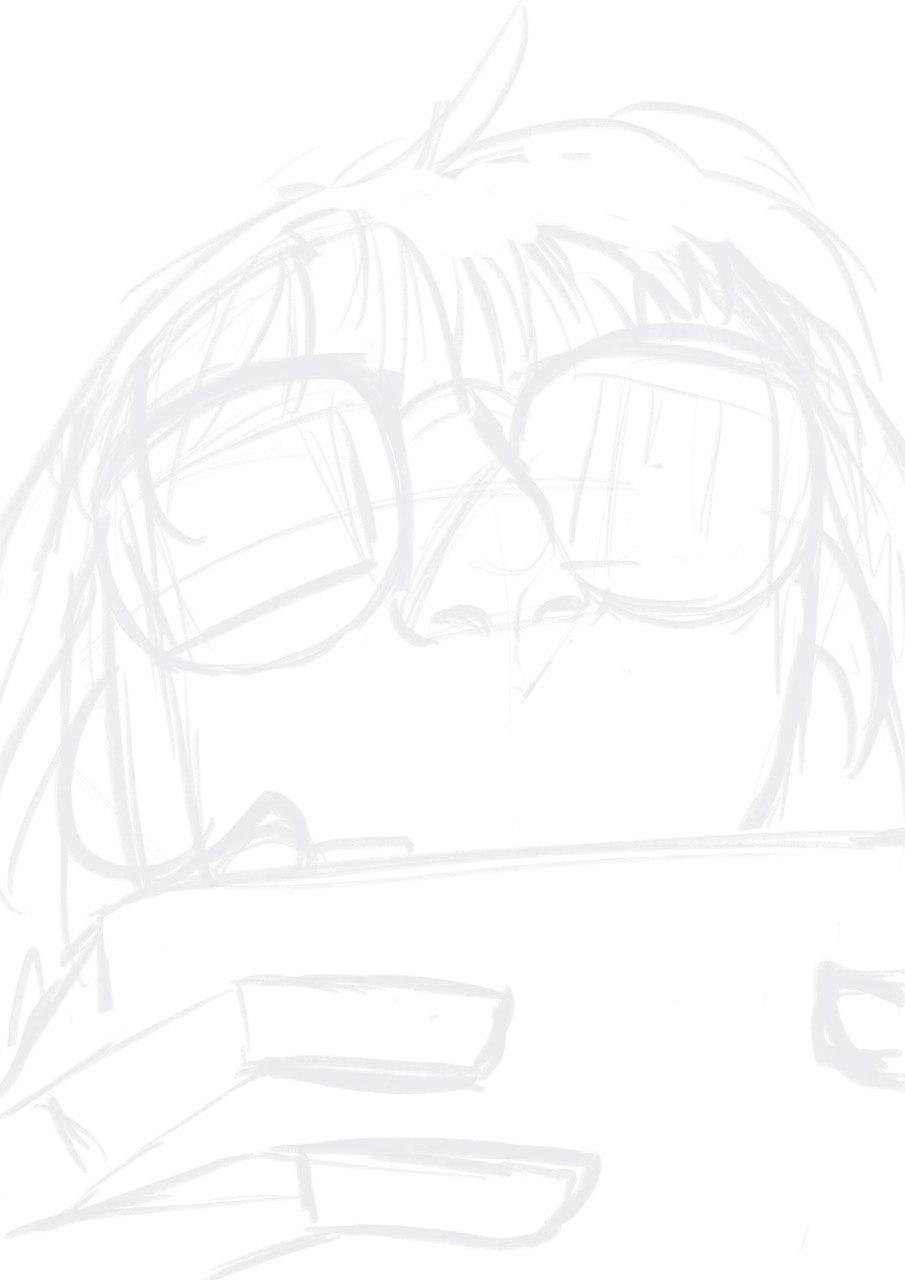
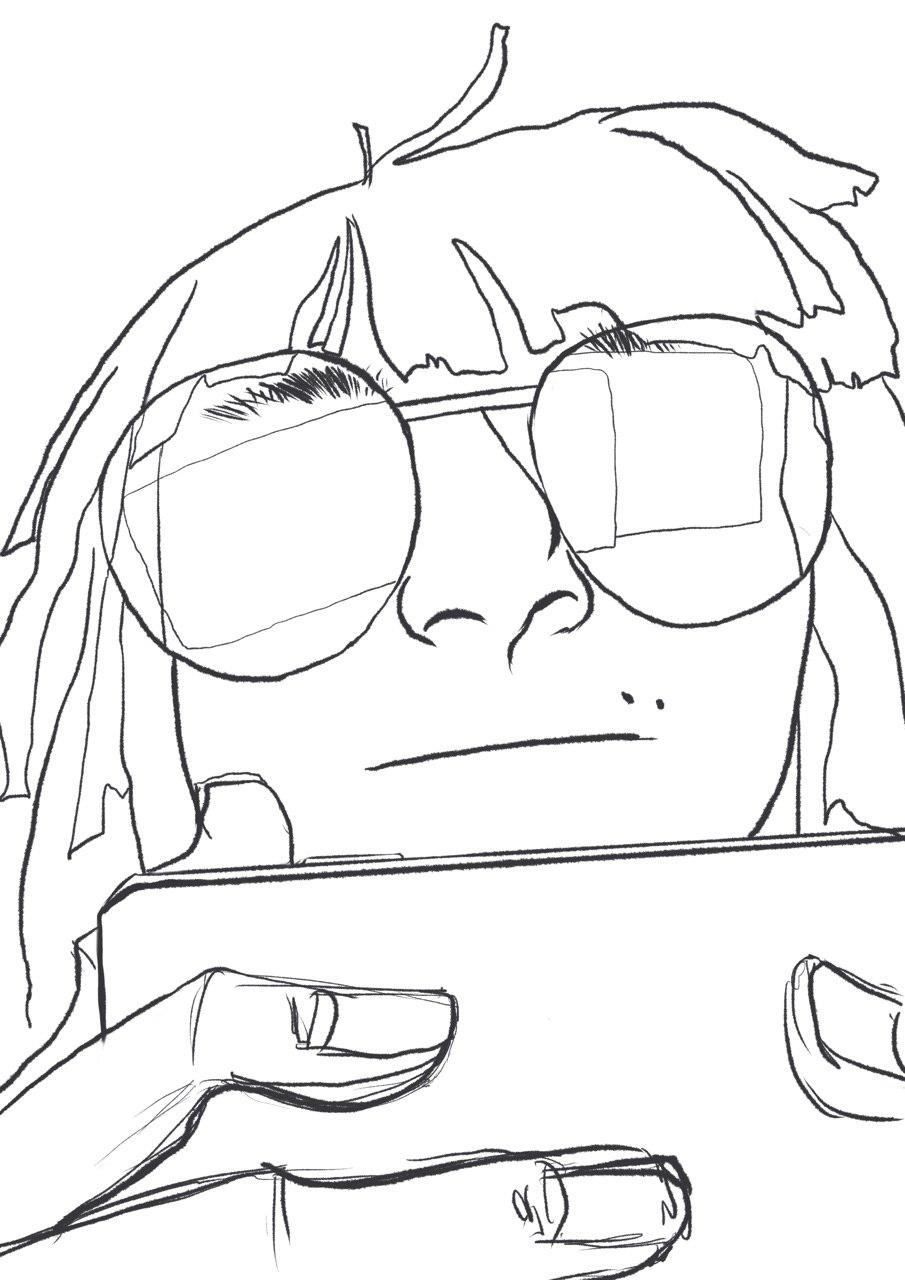
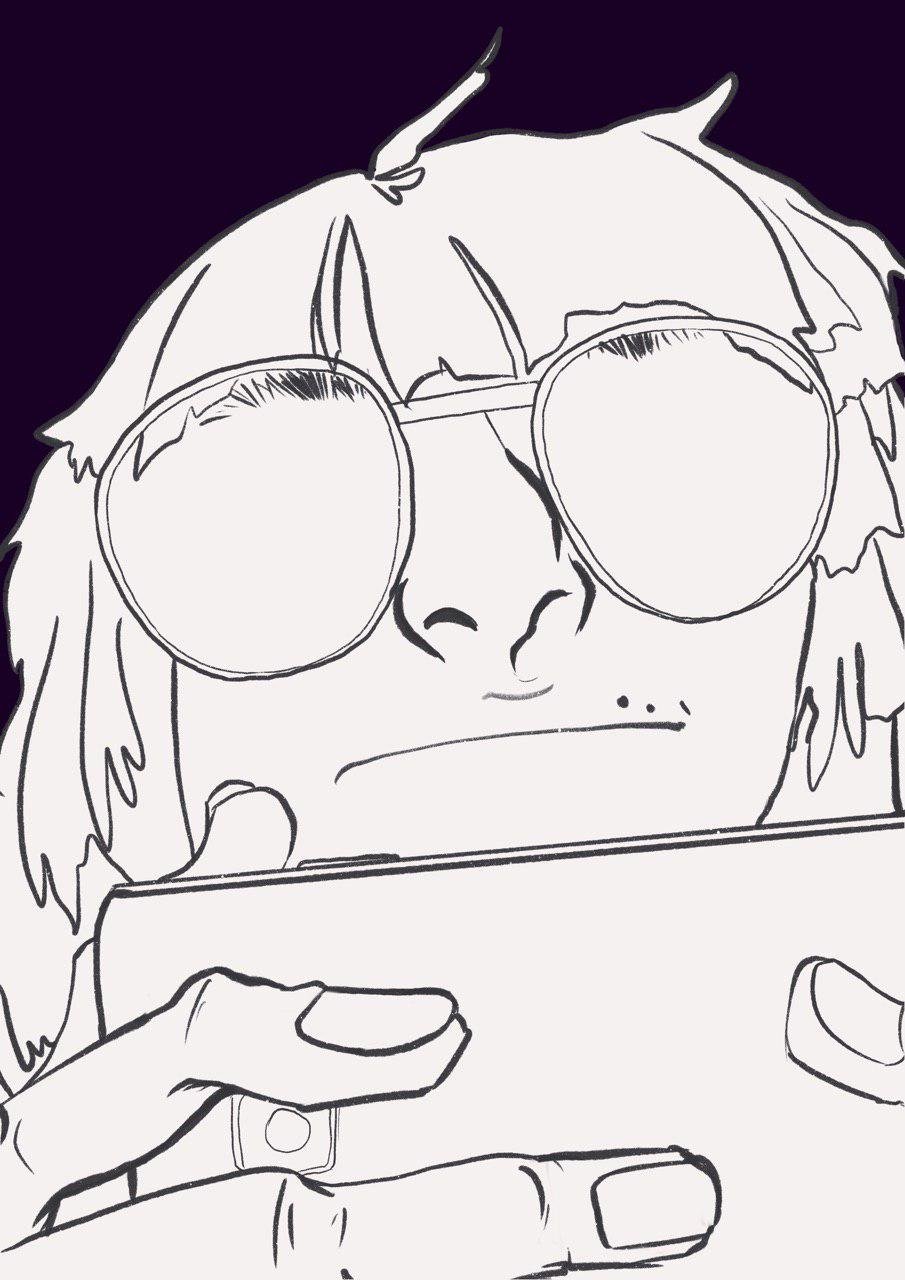

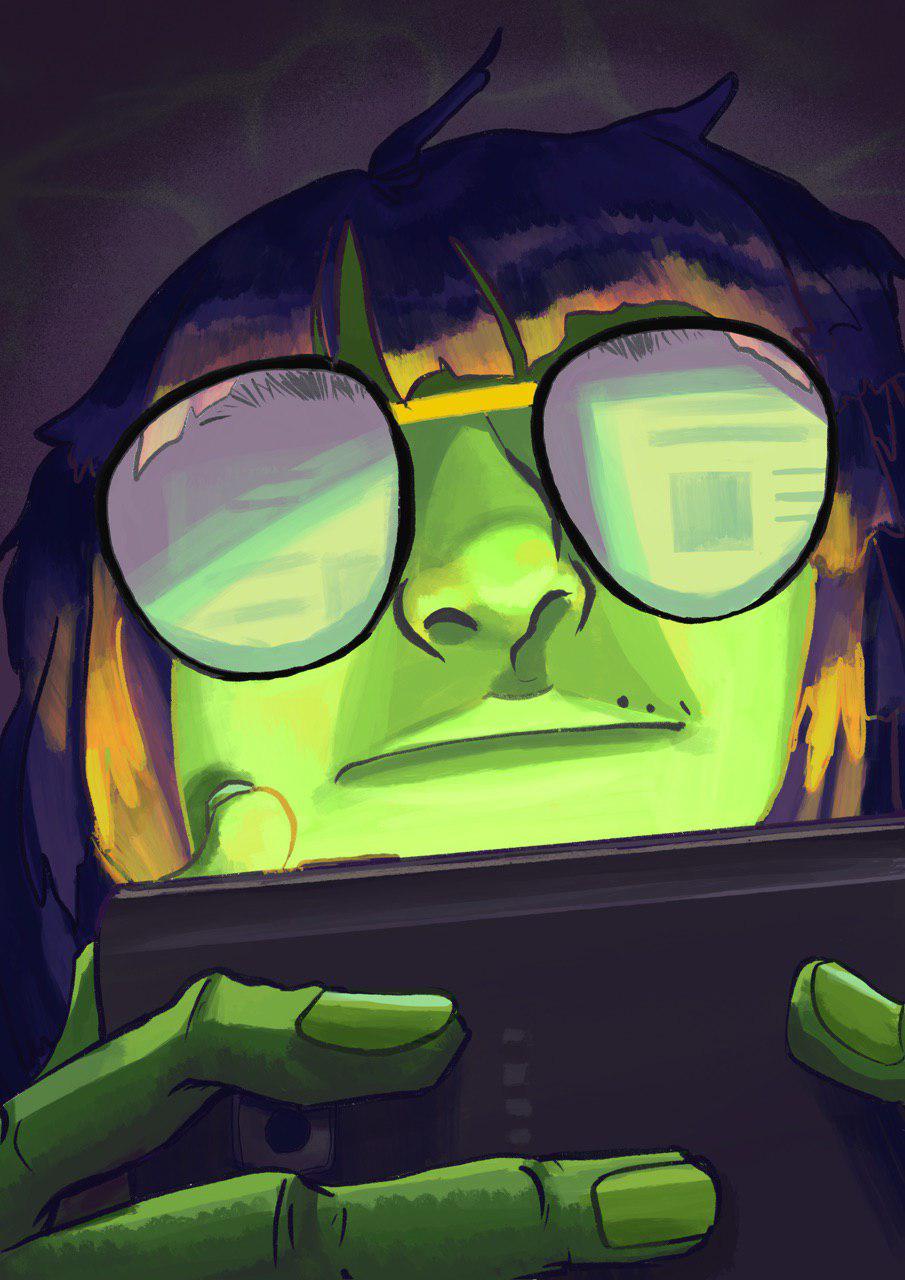
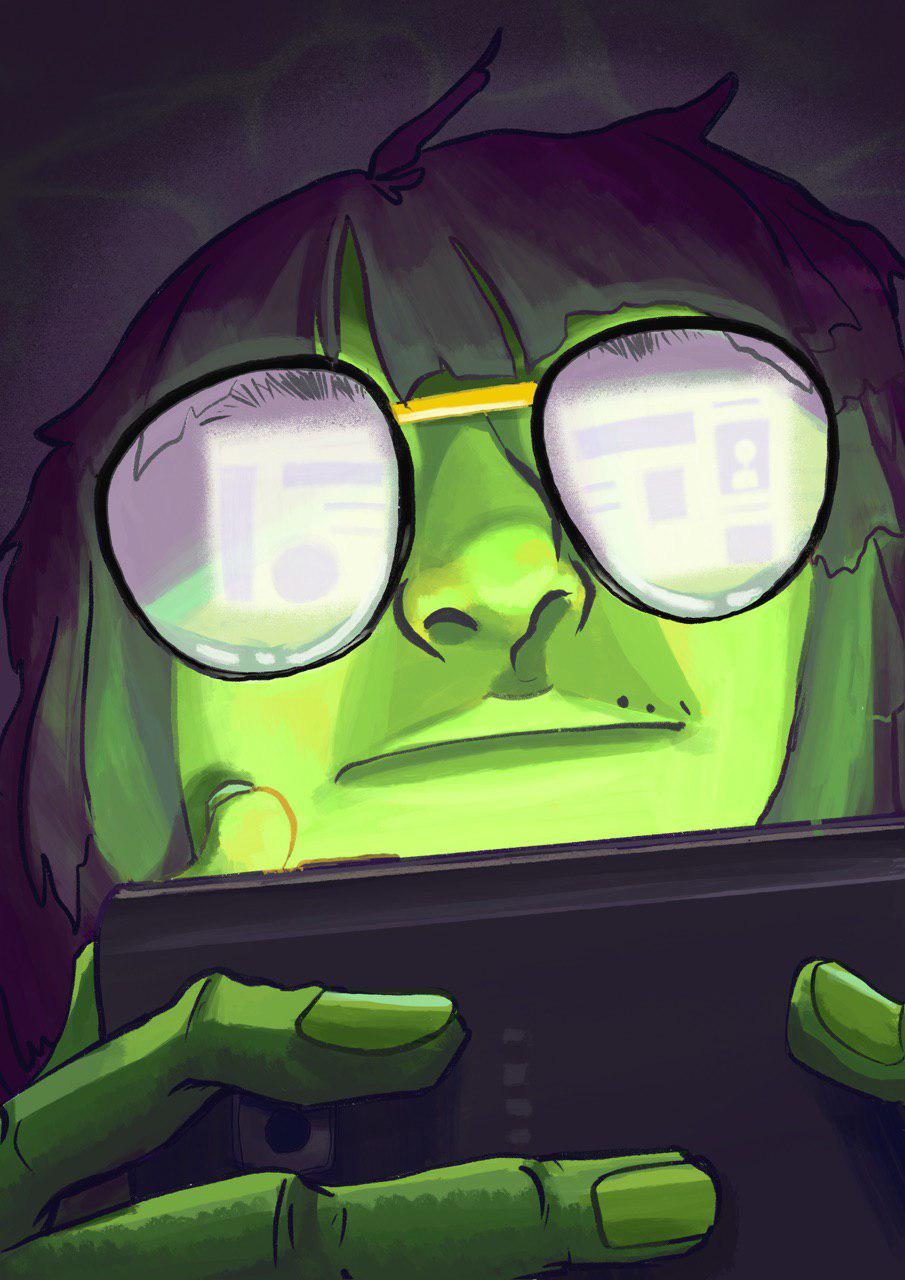

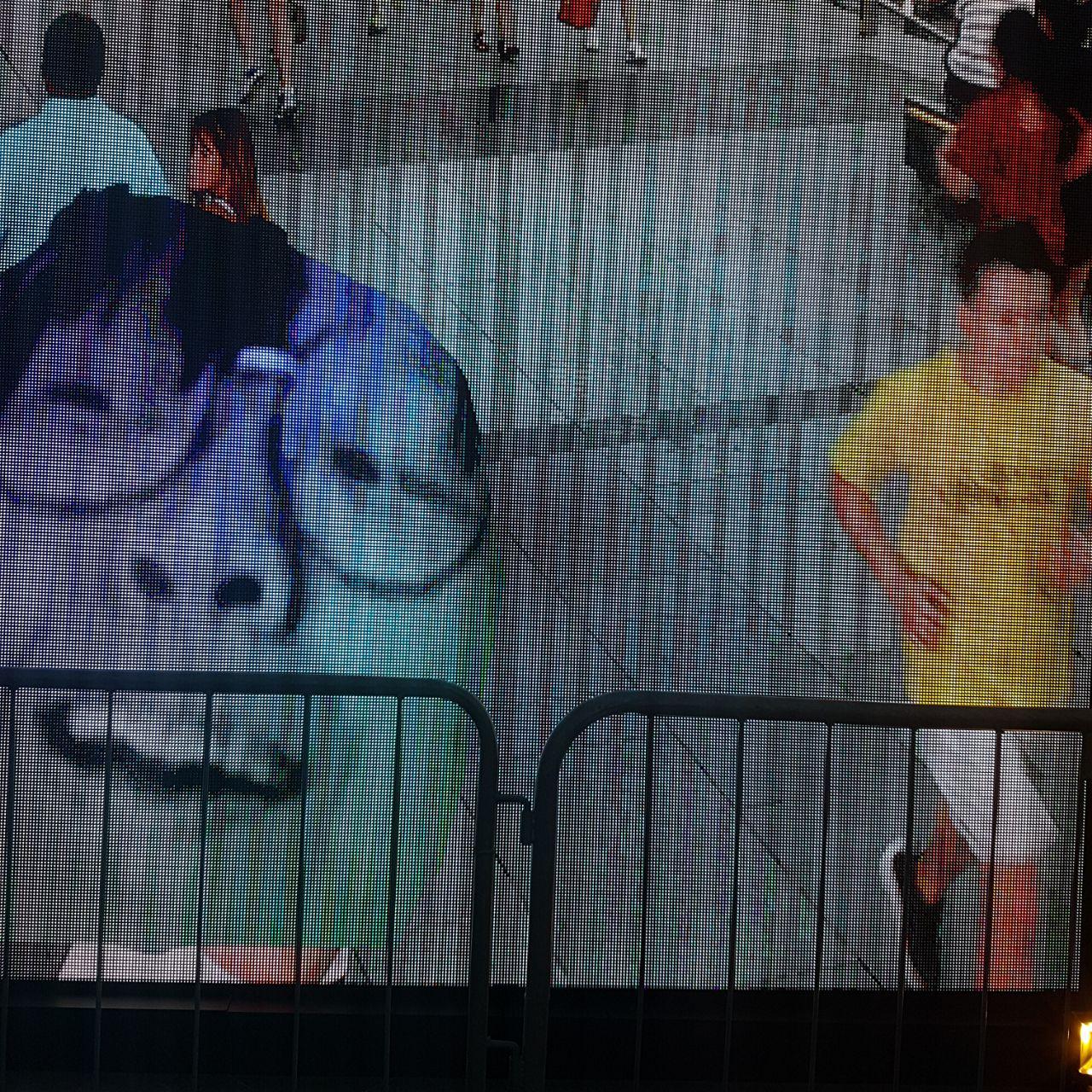
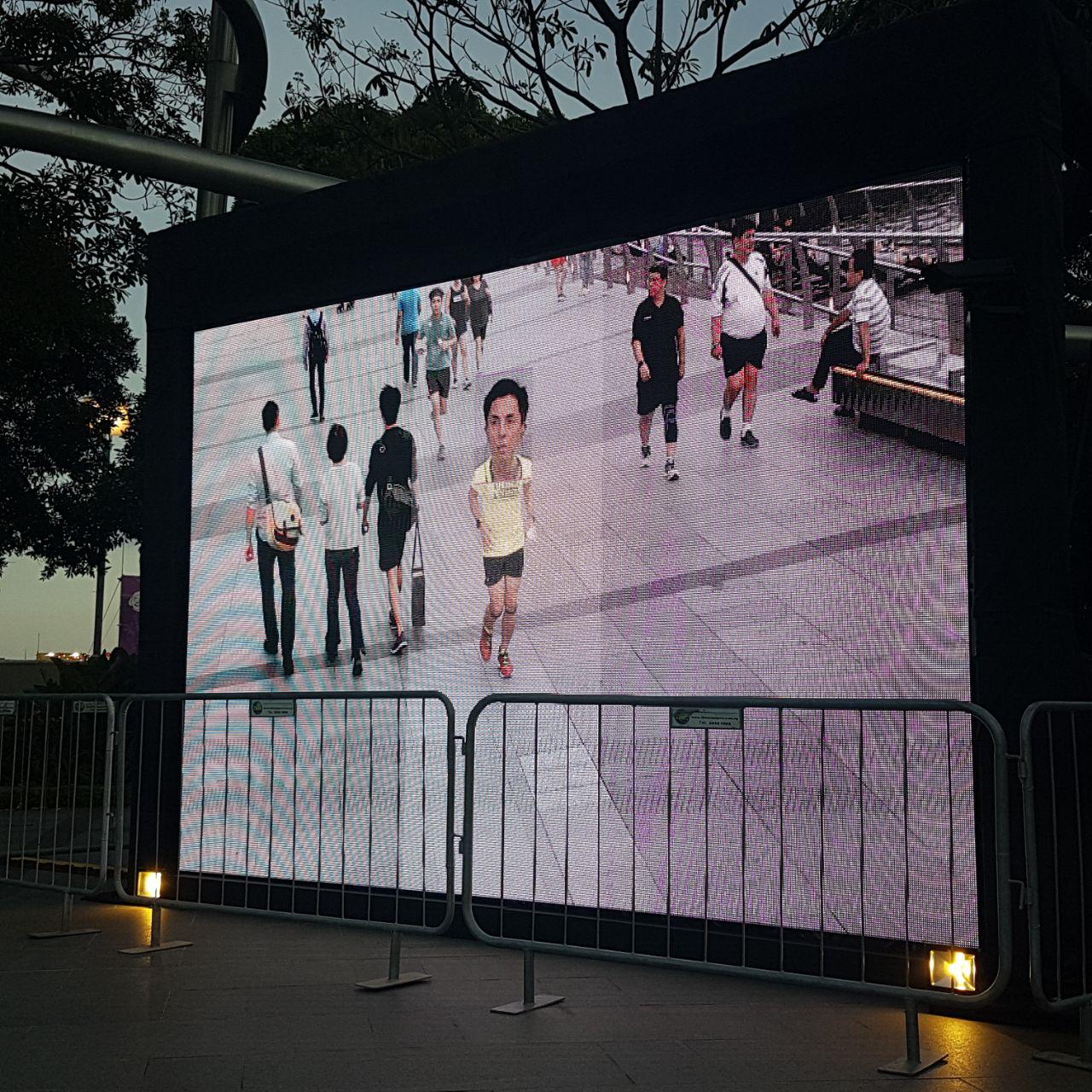
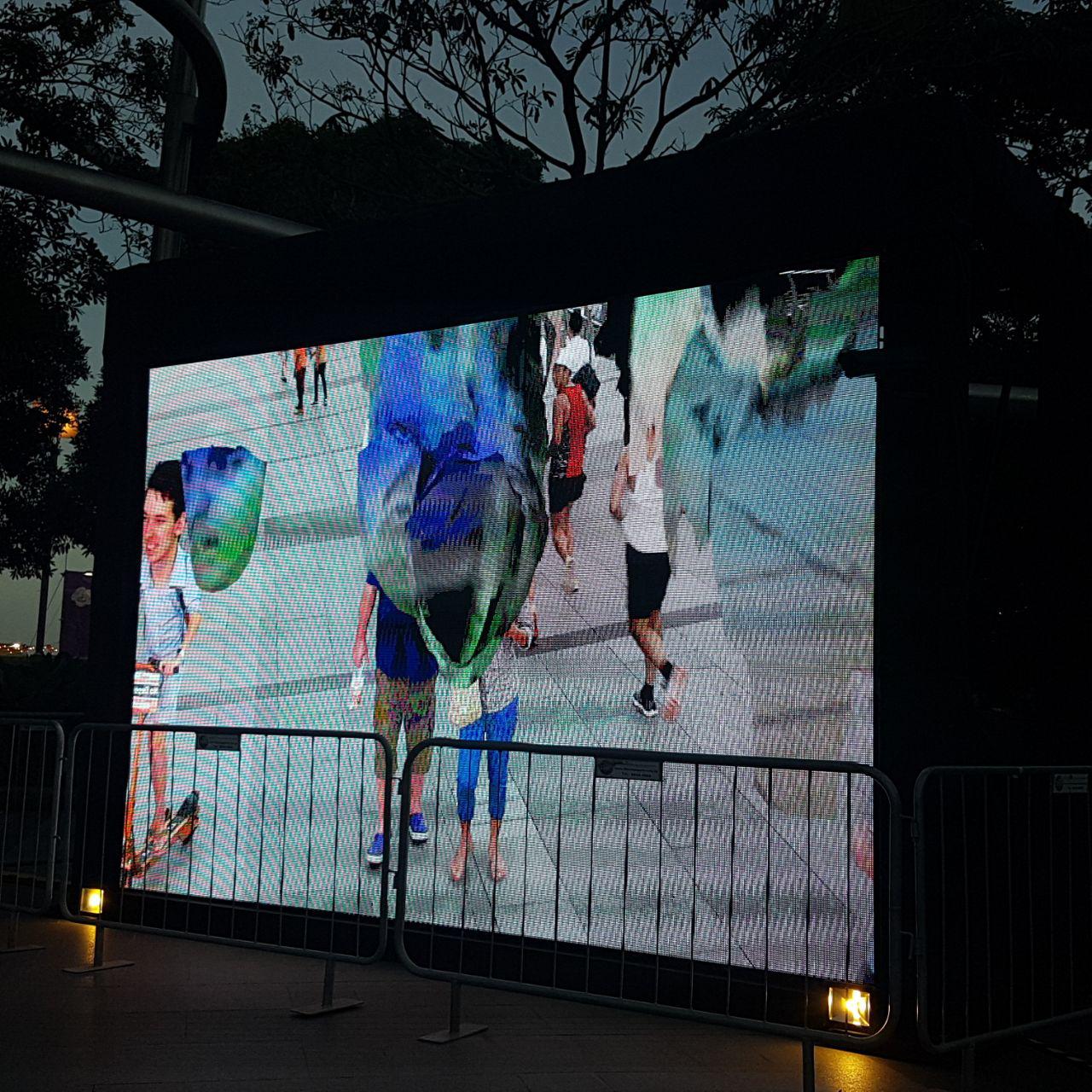
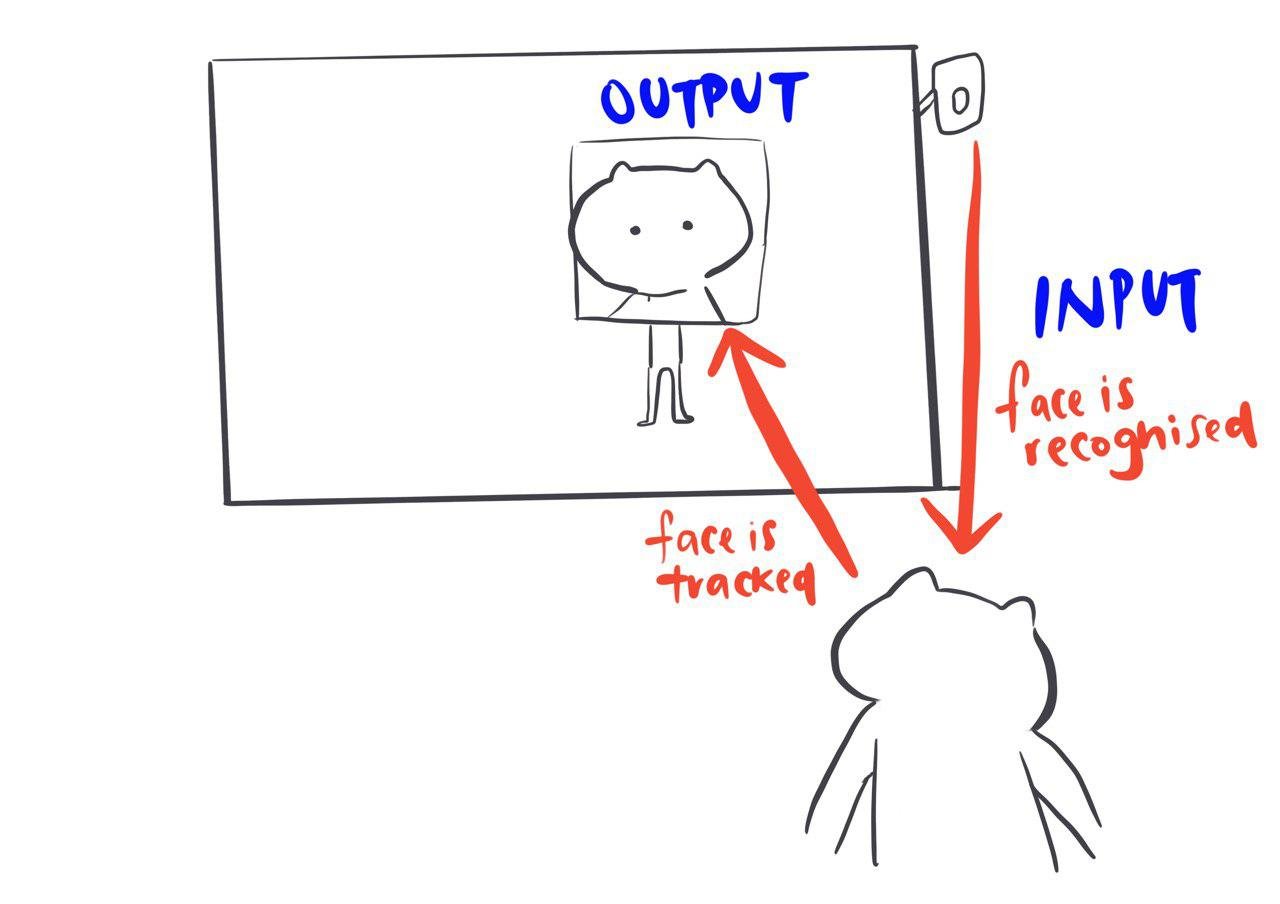
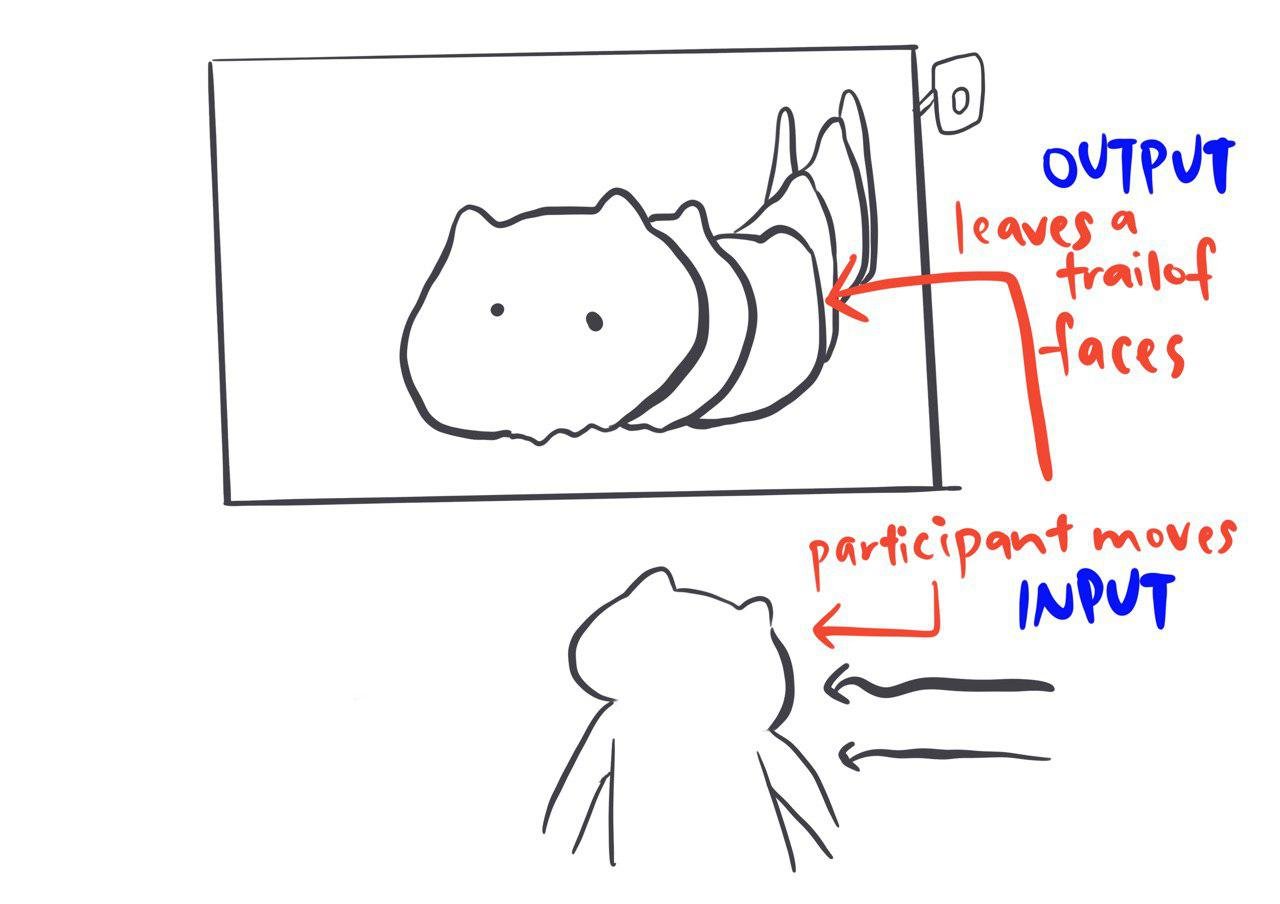

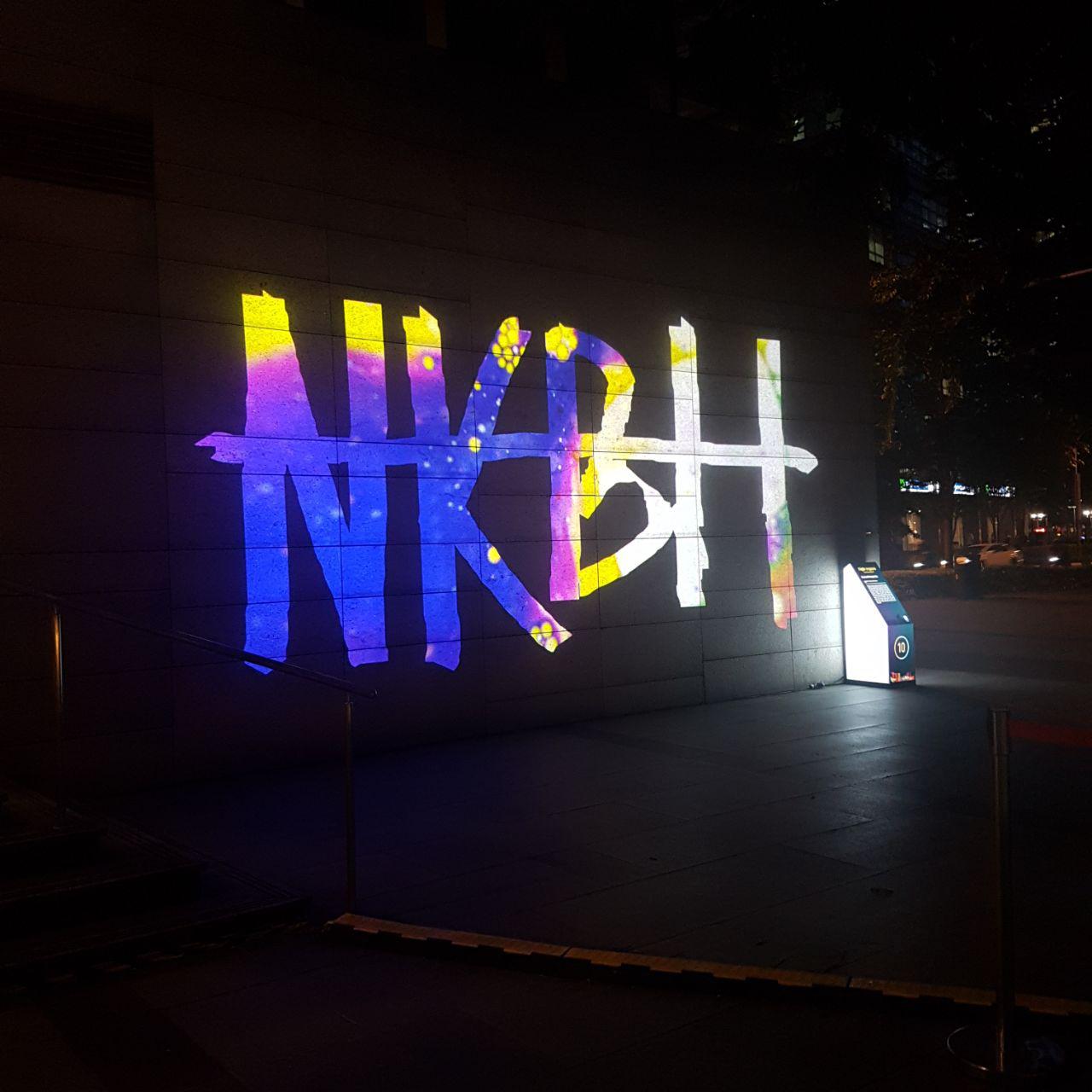
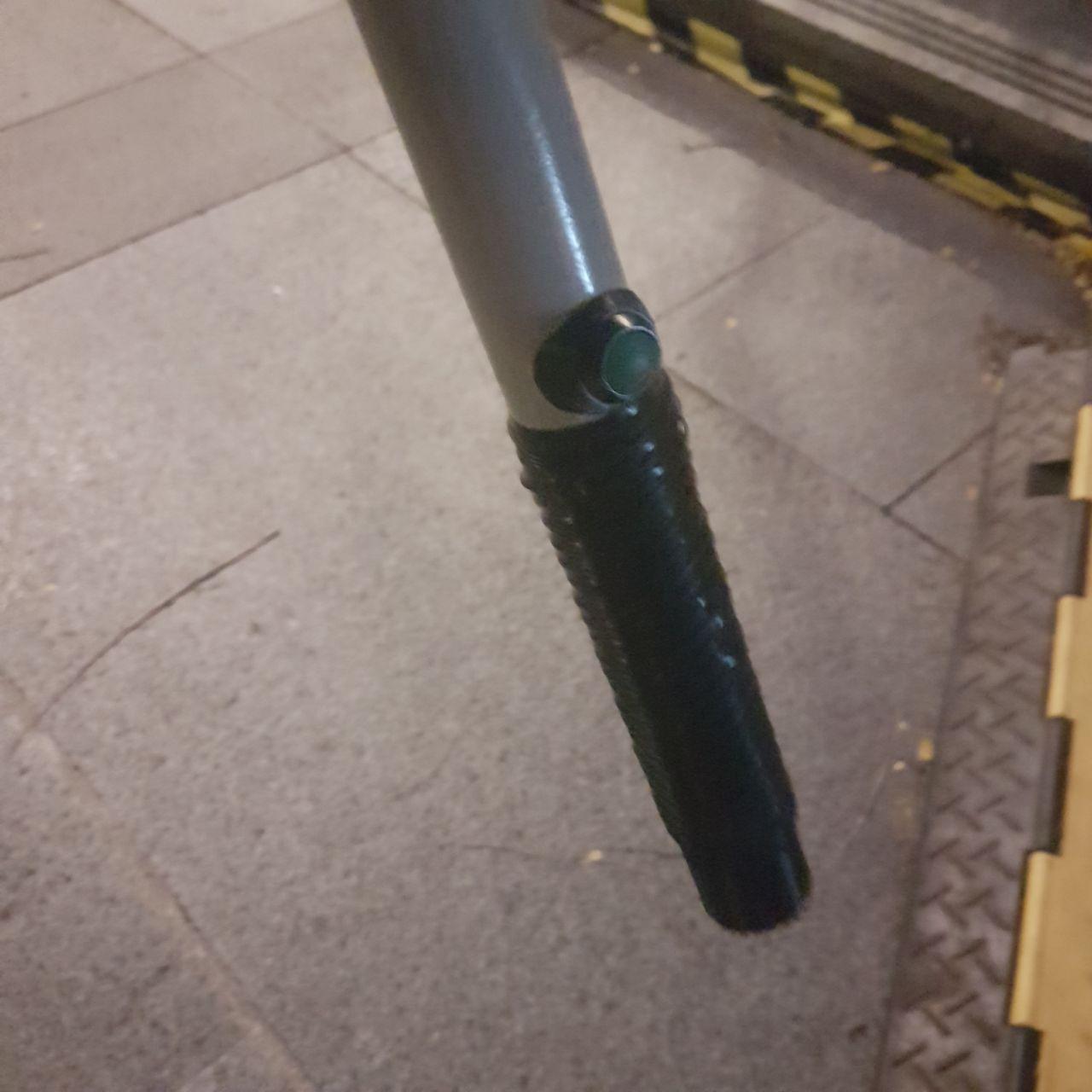

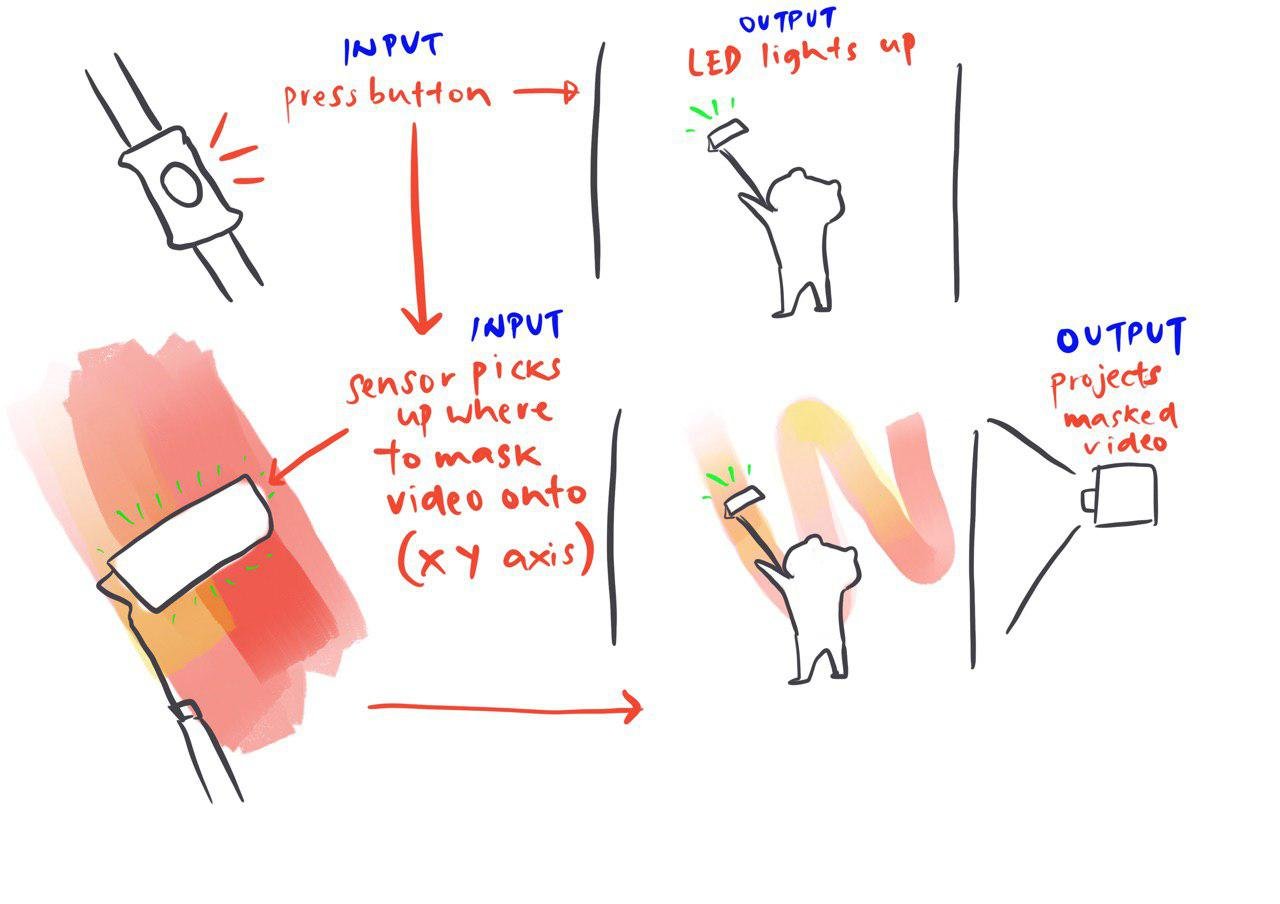



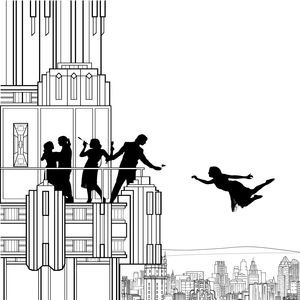


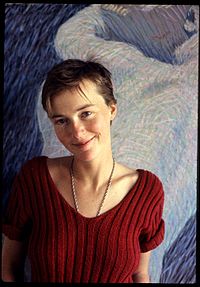
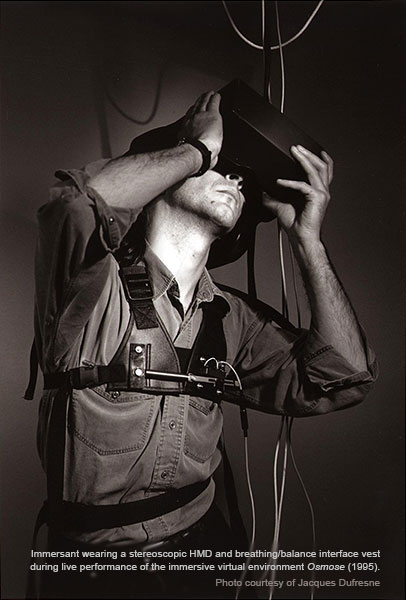
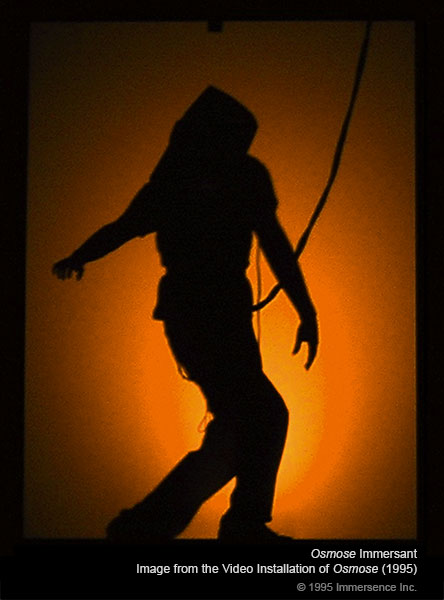
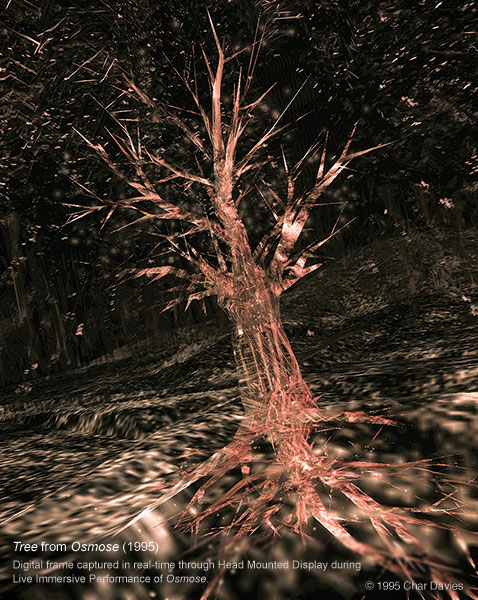
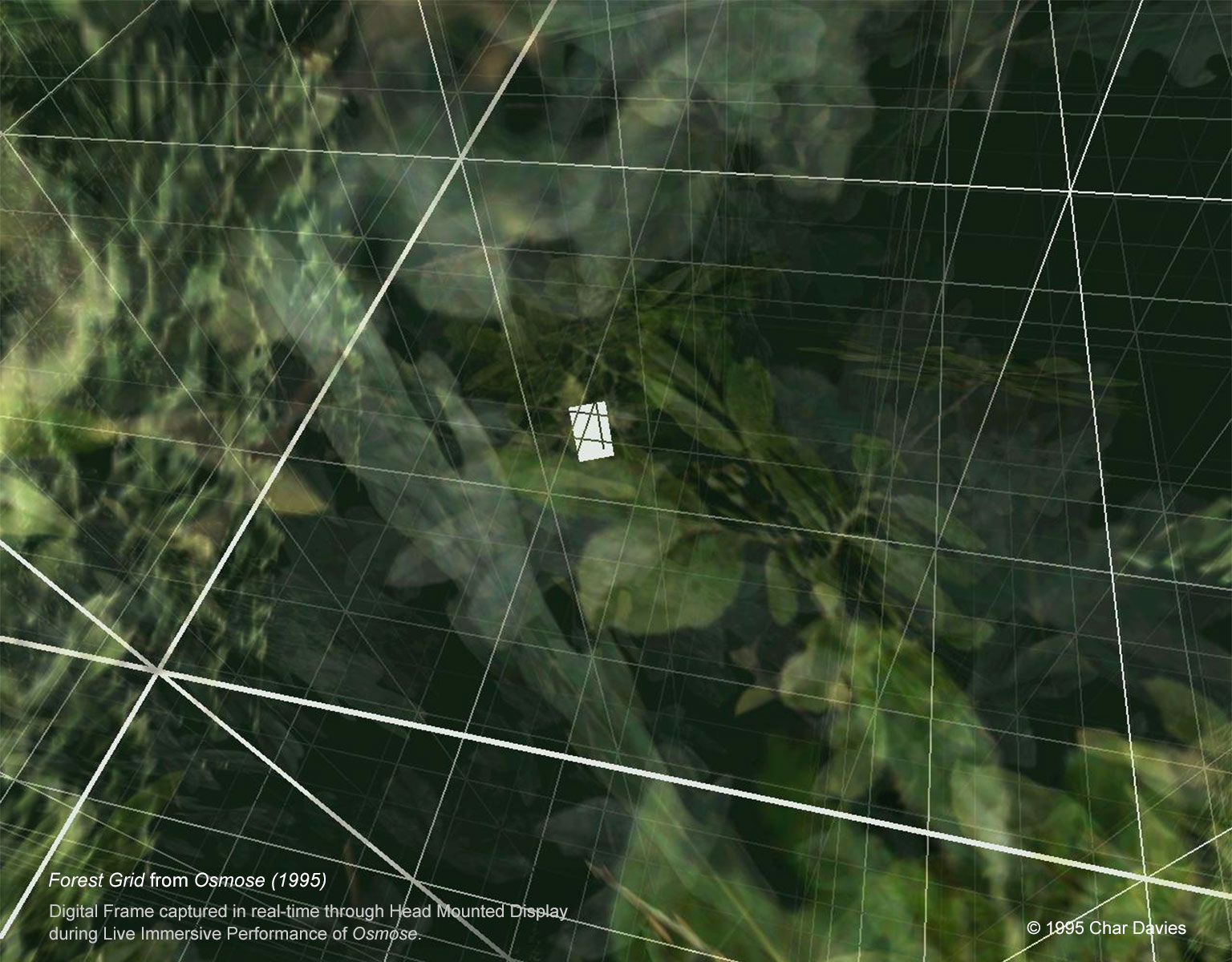
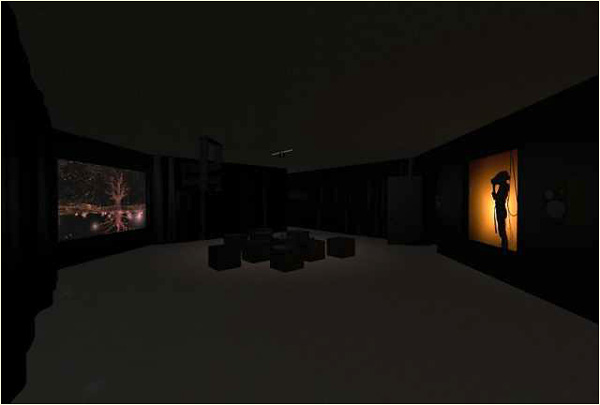


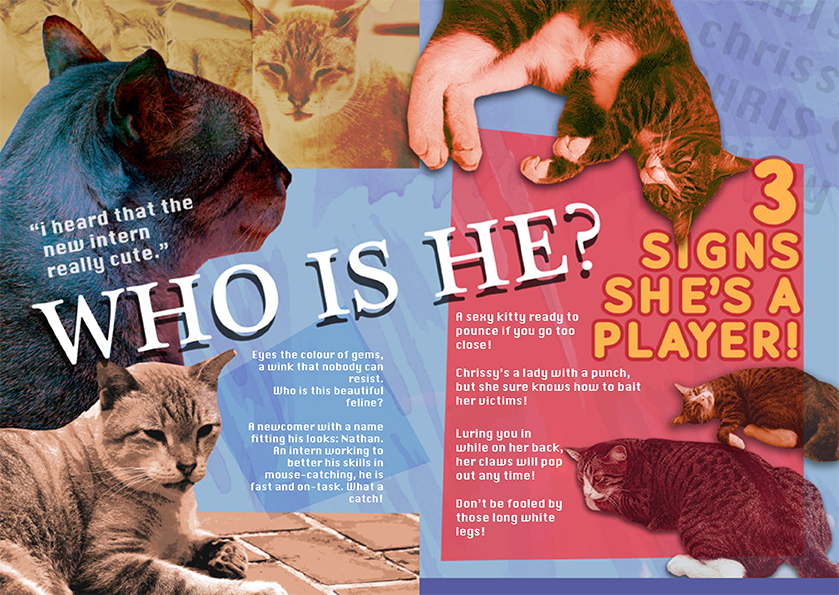
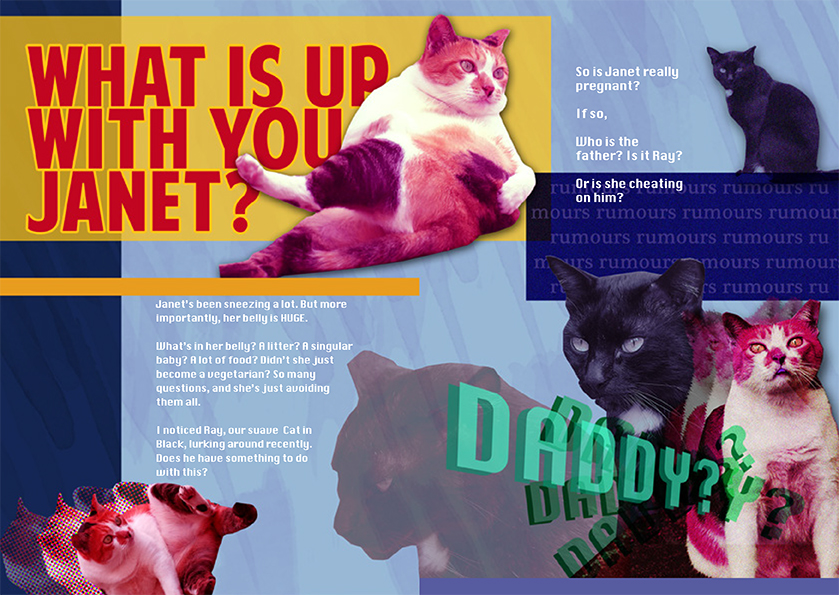
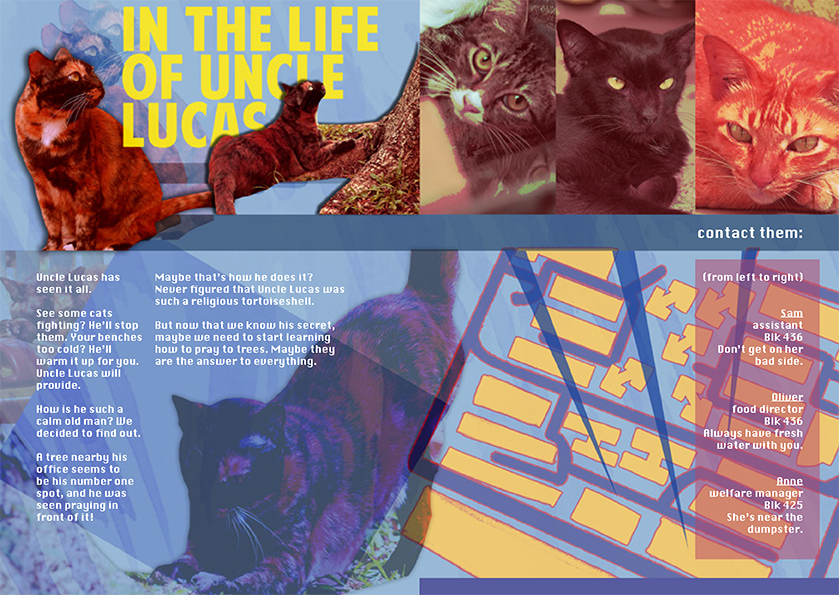
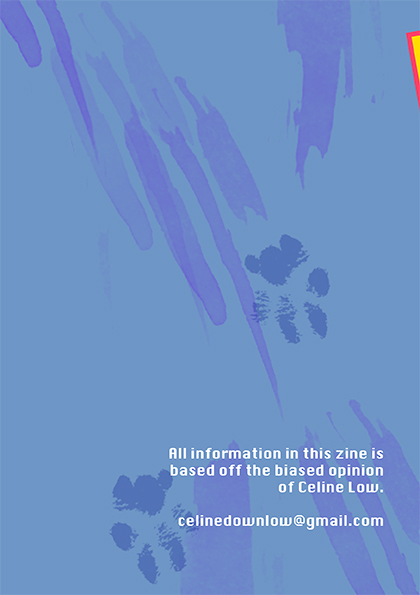
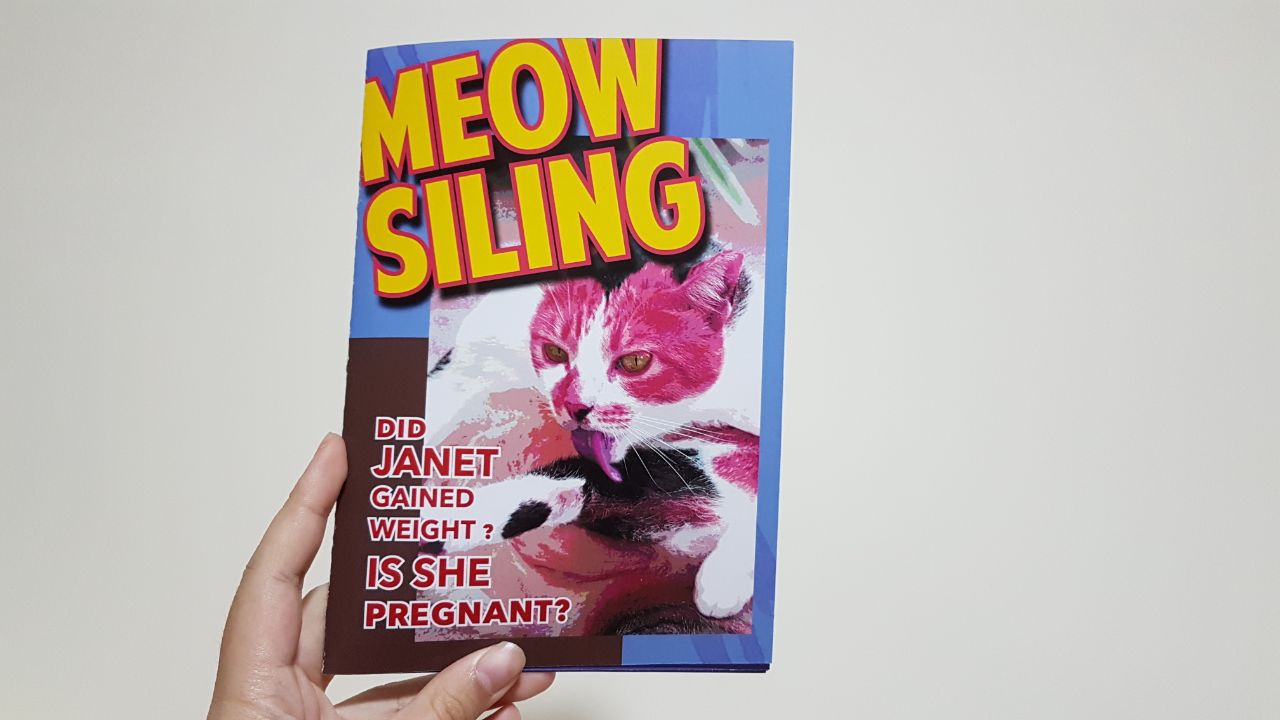
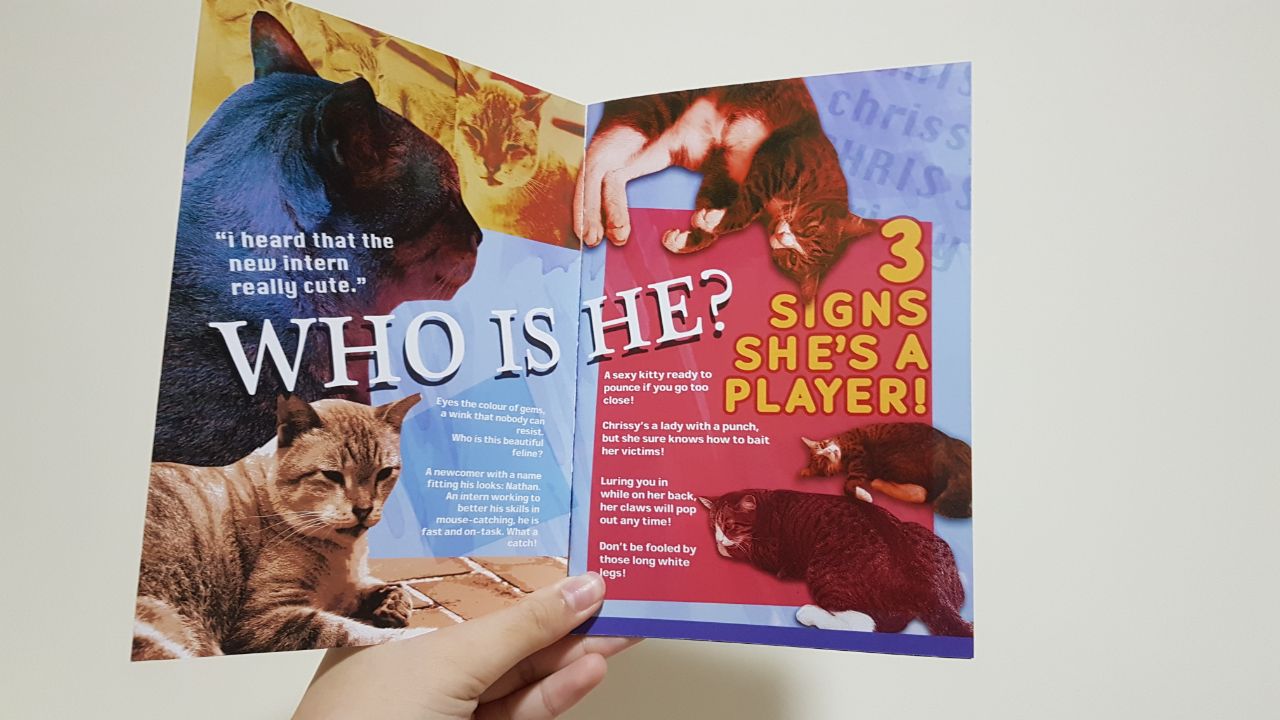
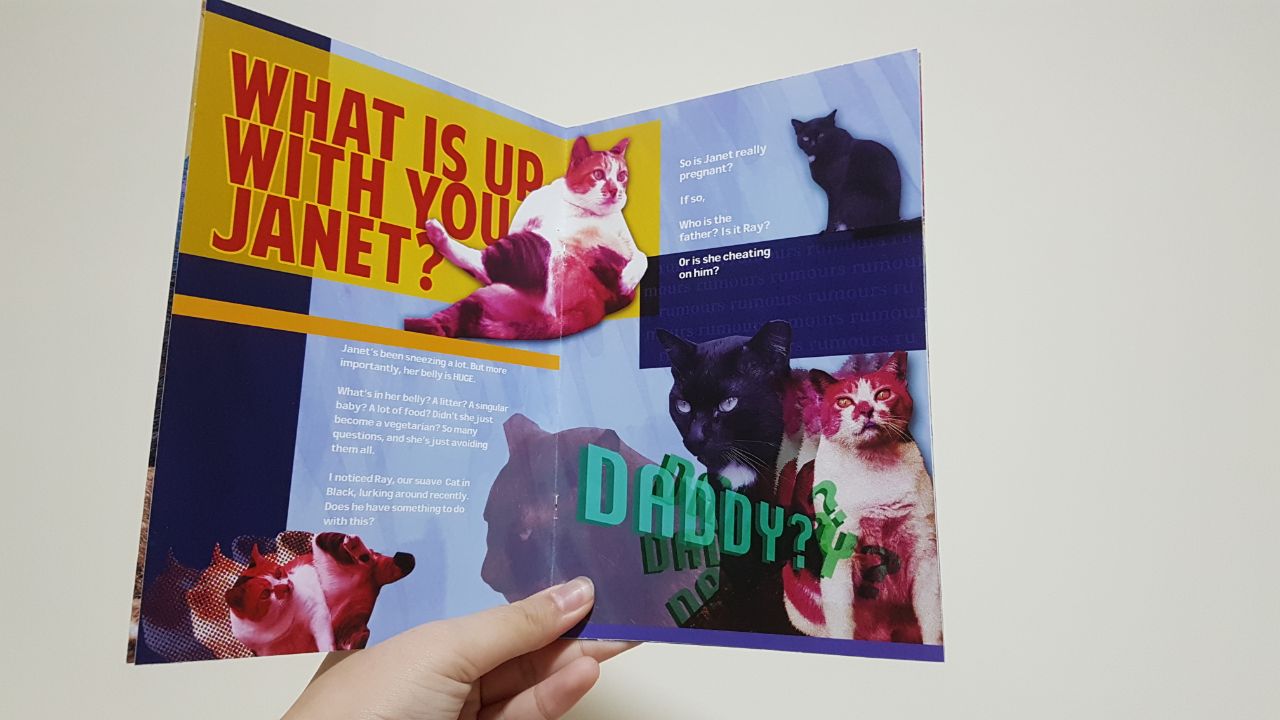
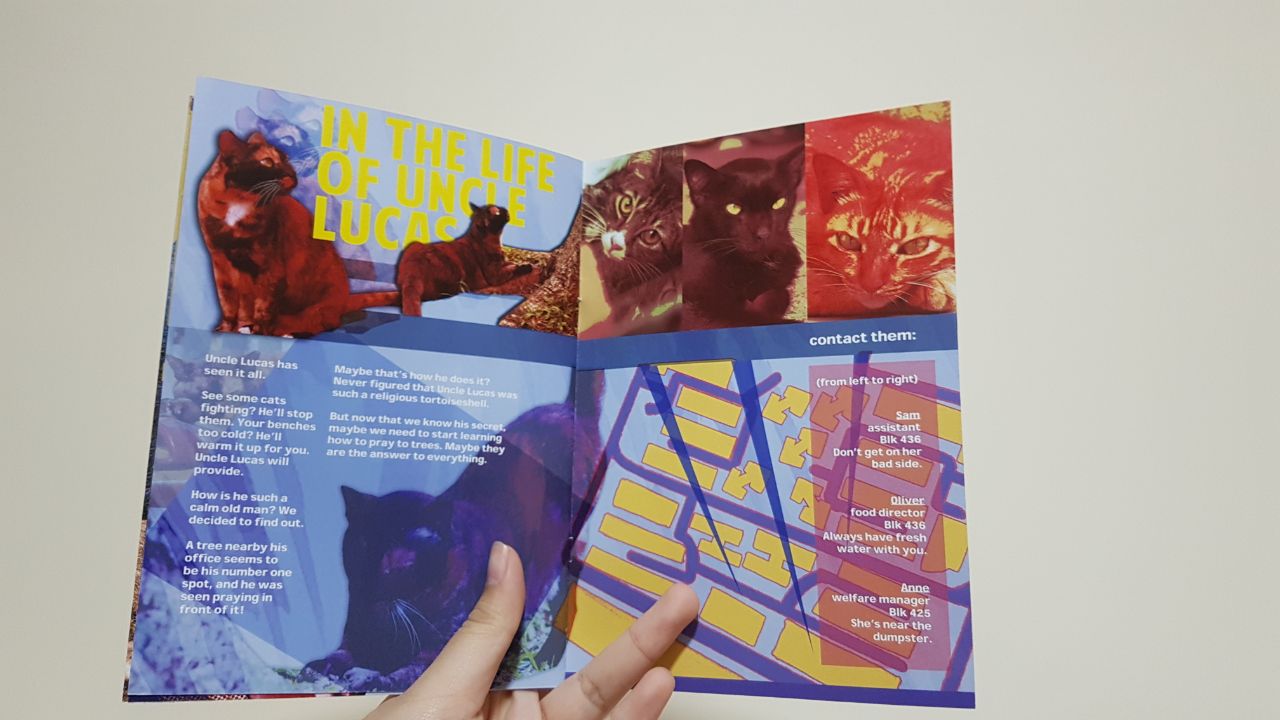
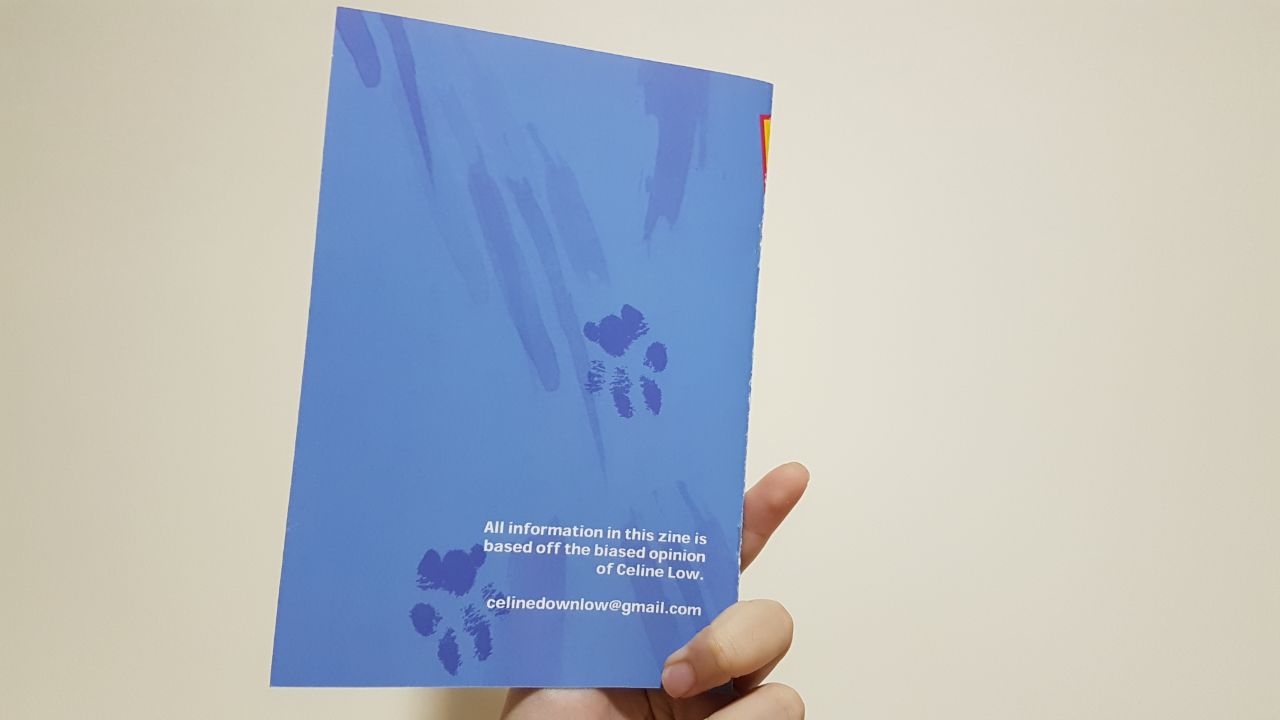




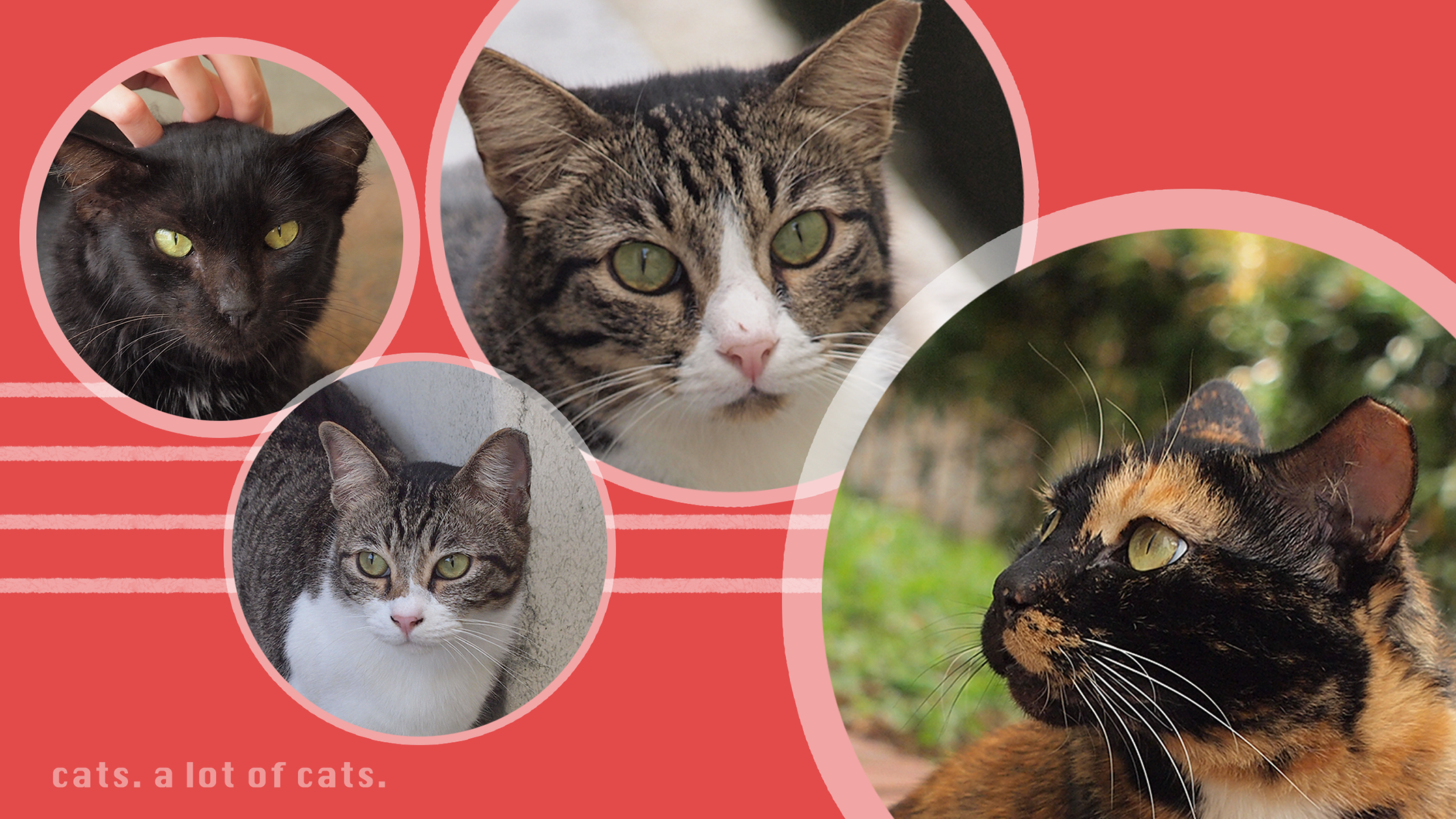











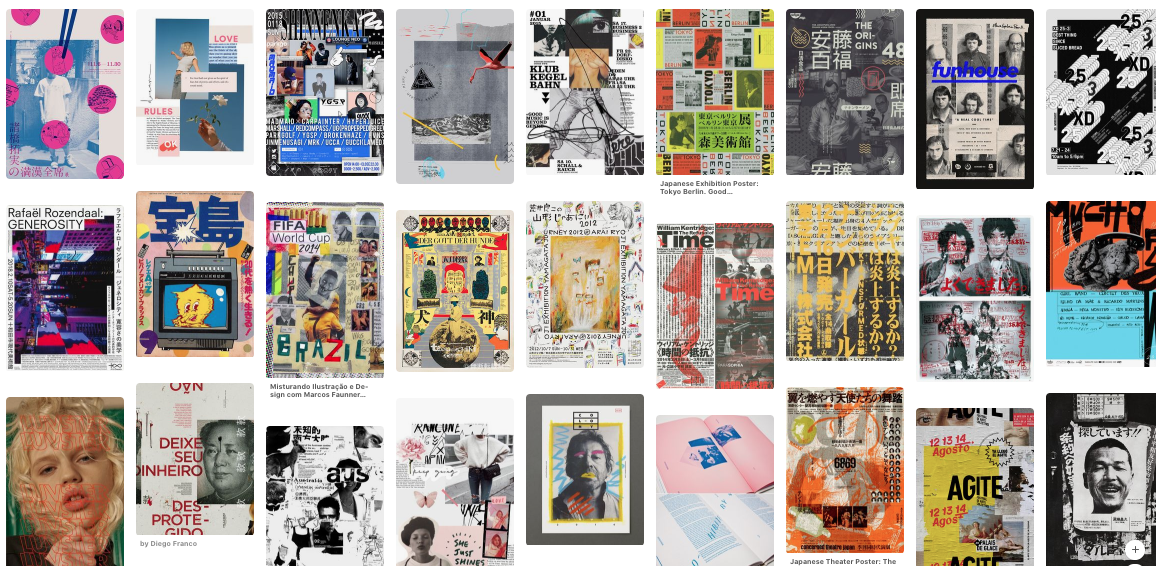
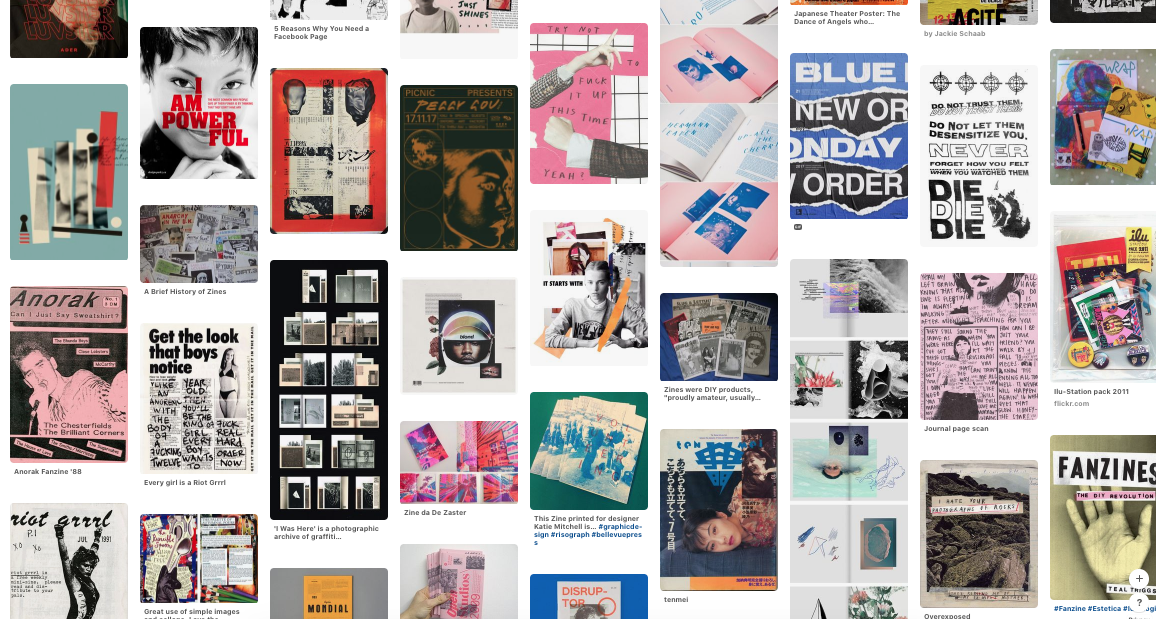
Recent Comments